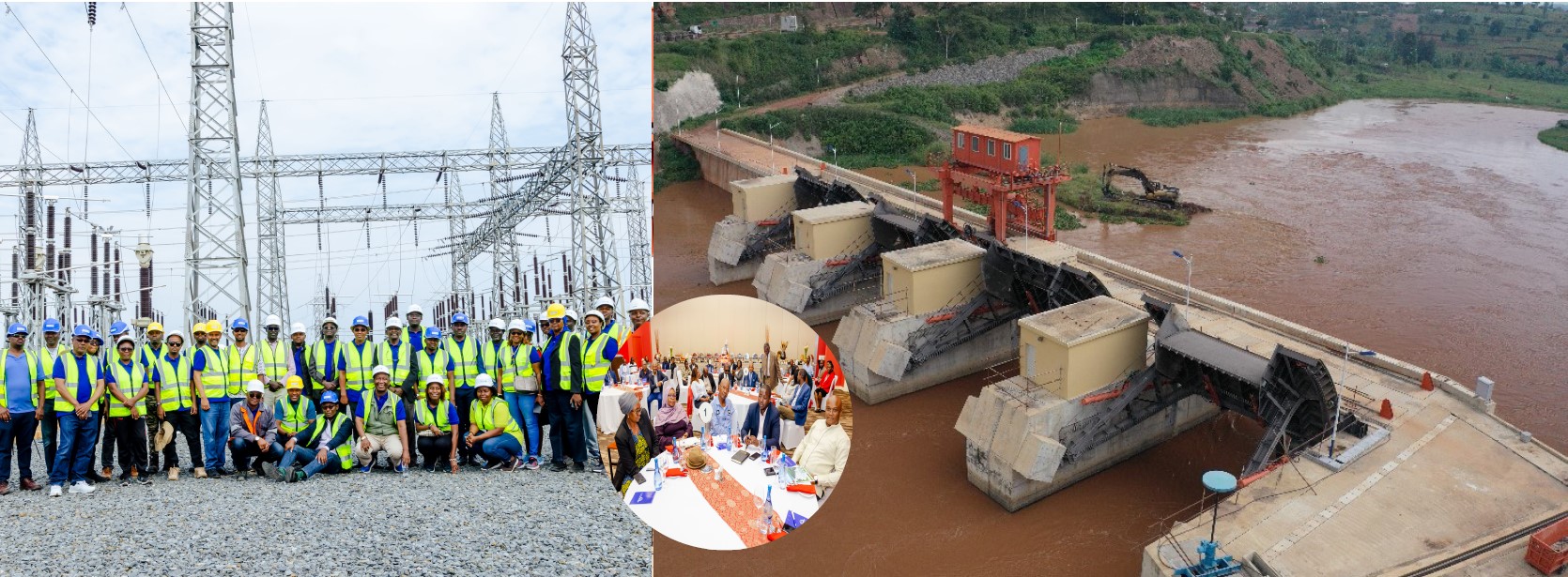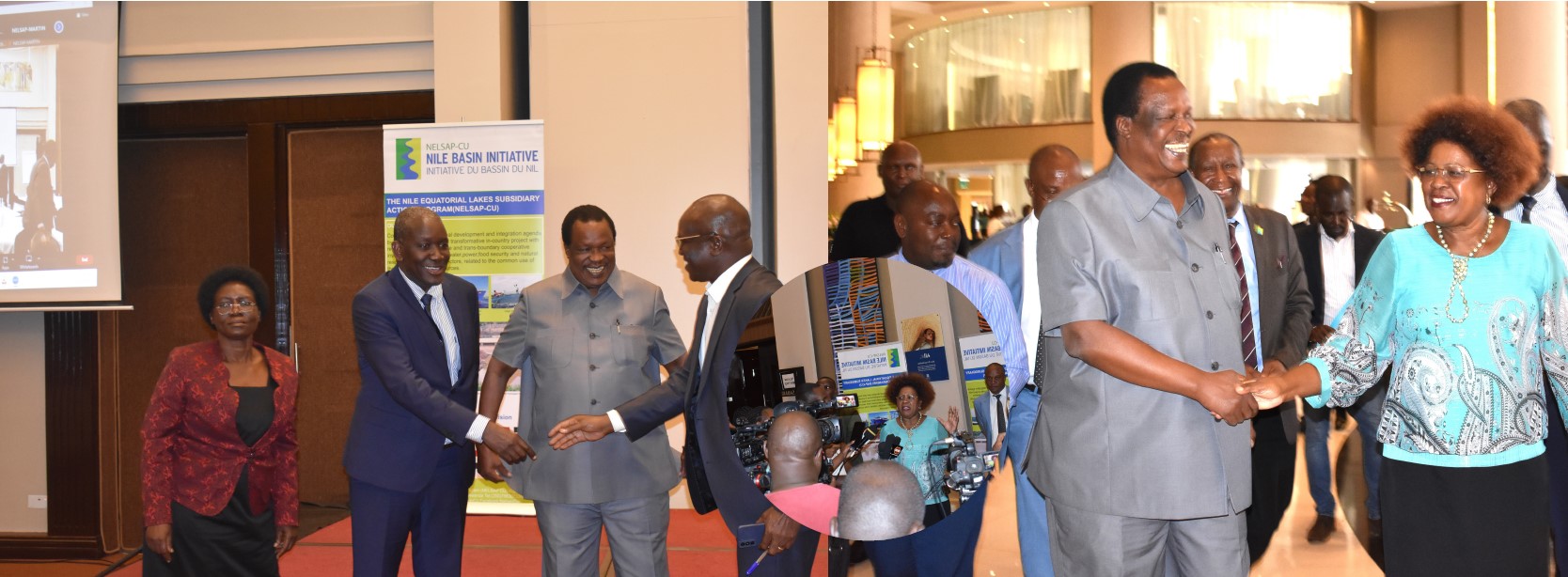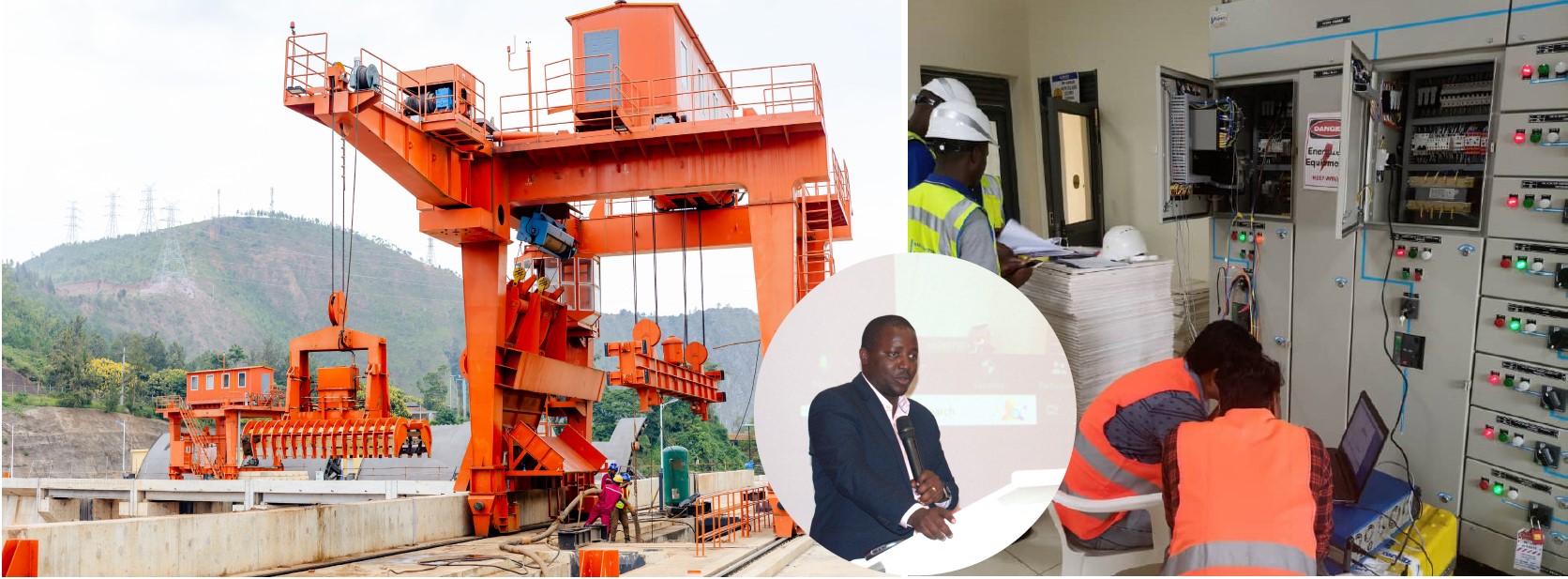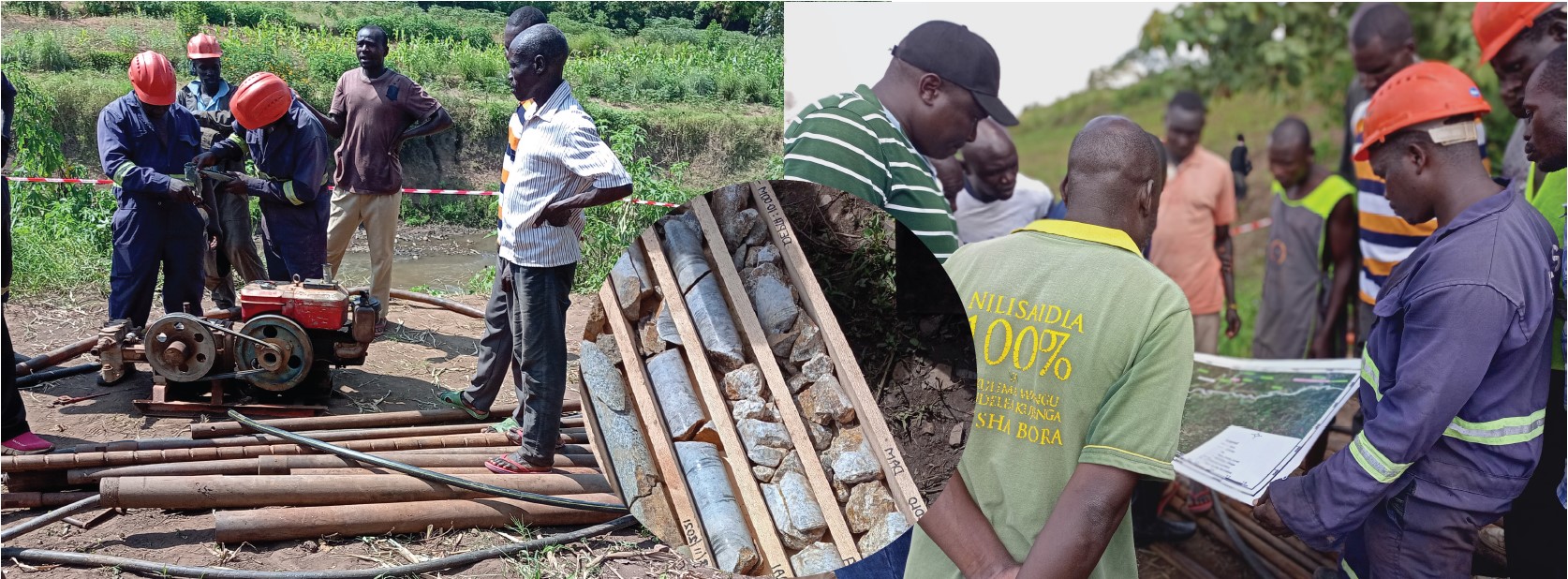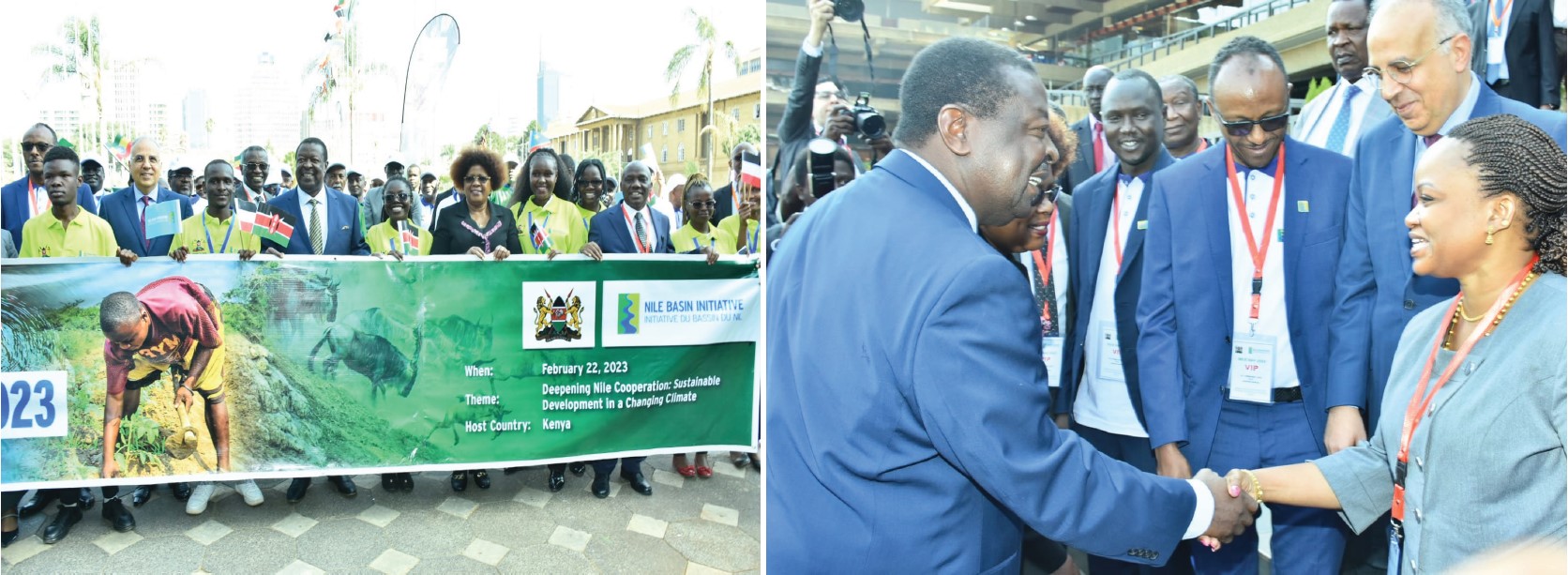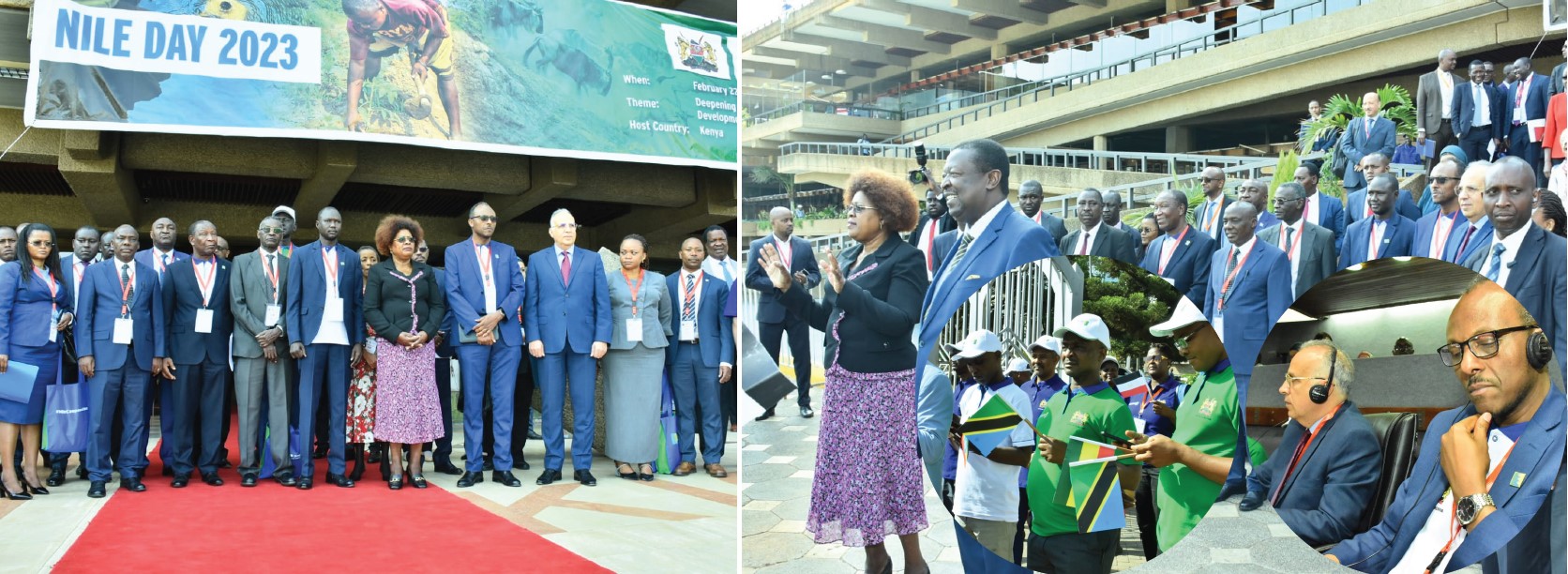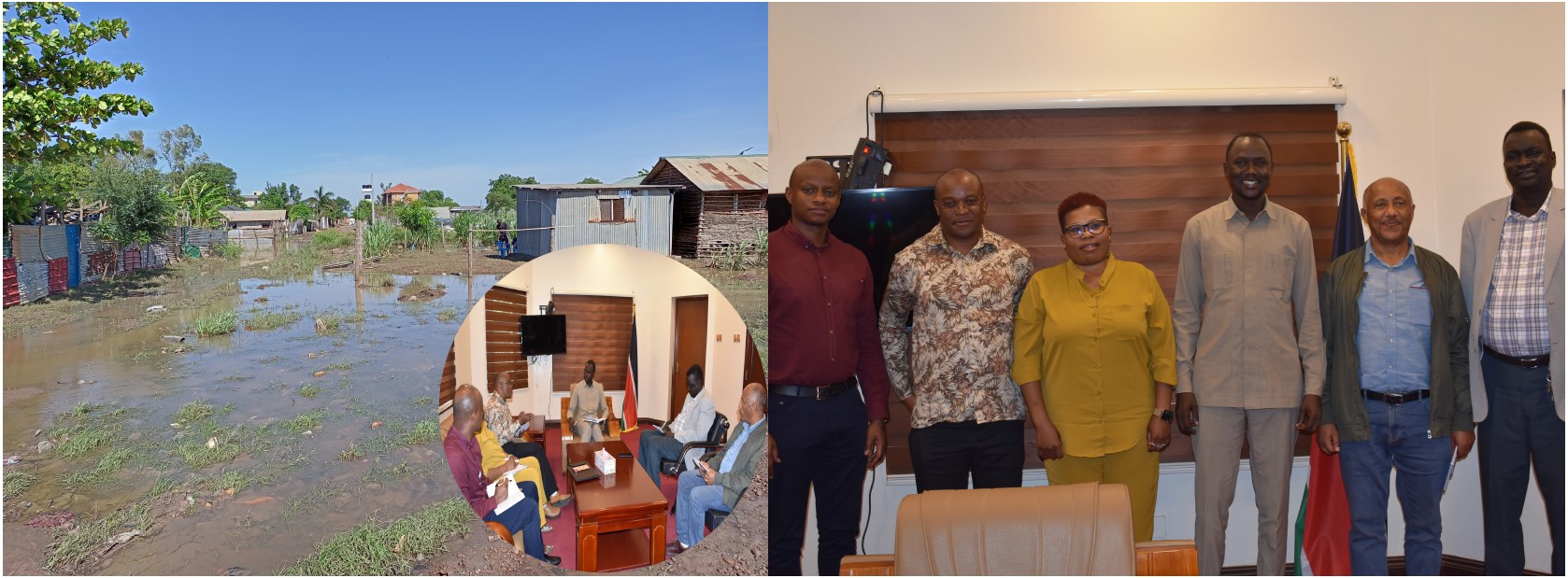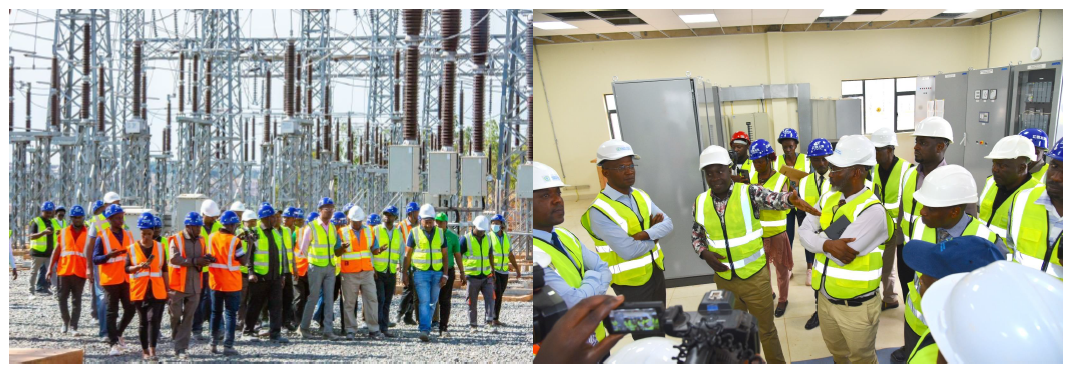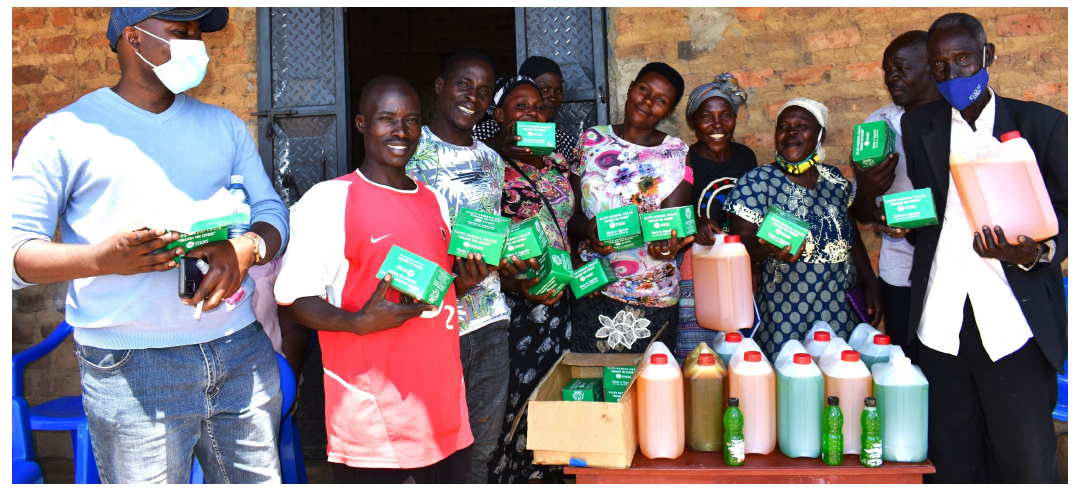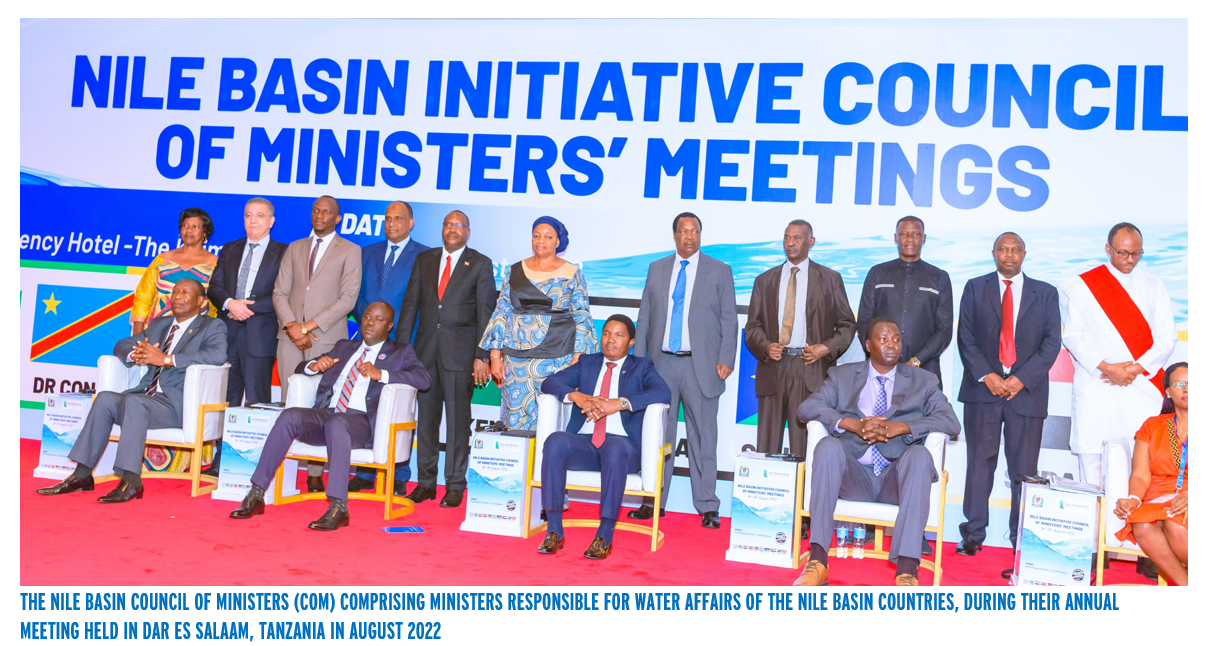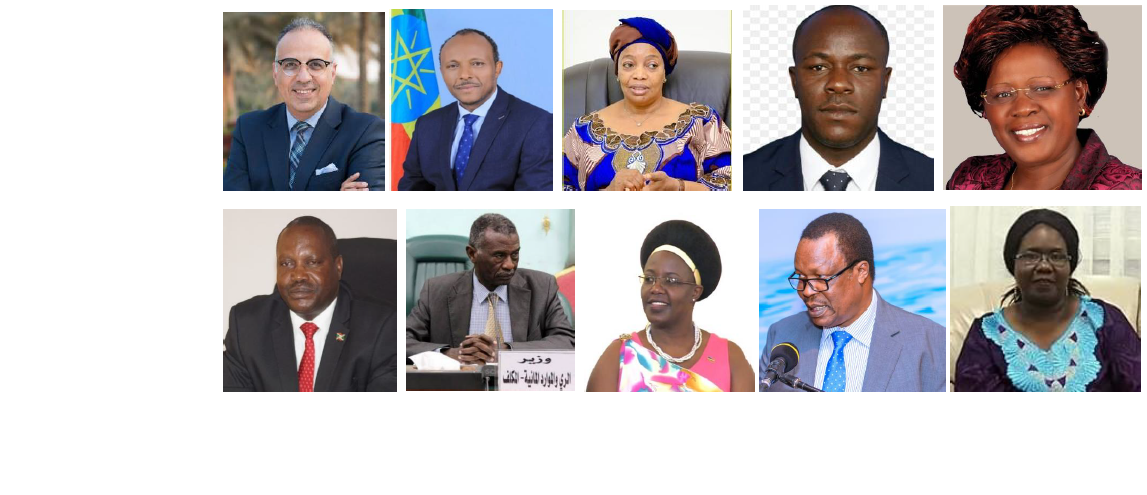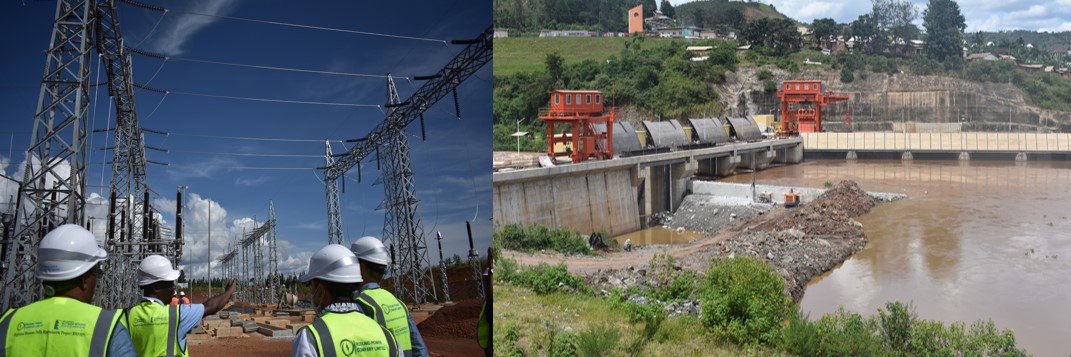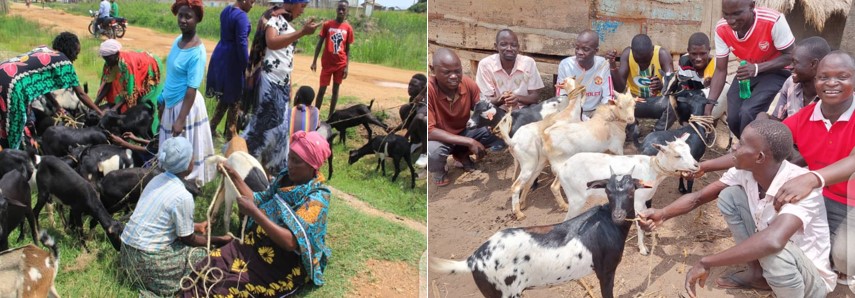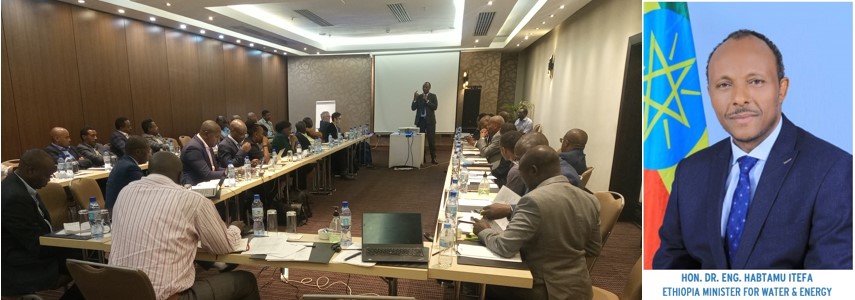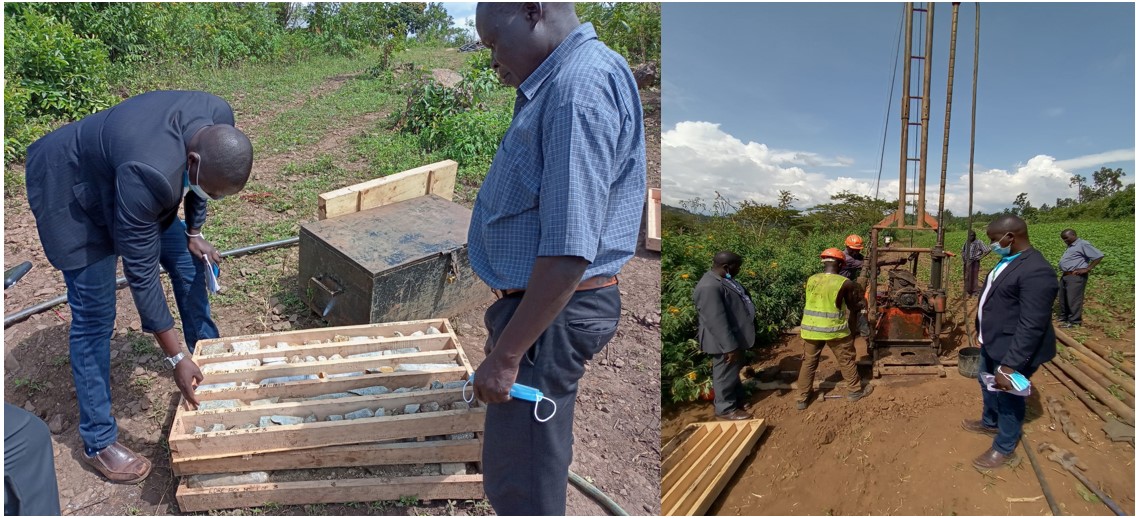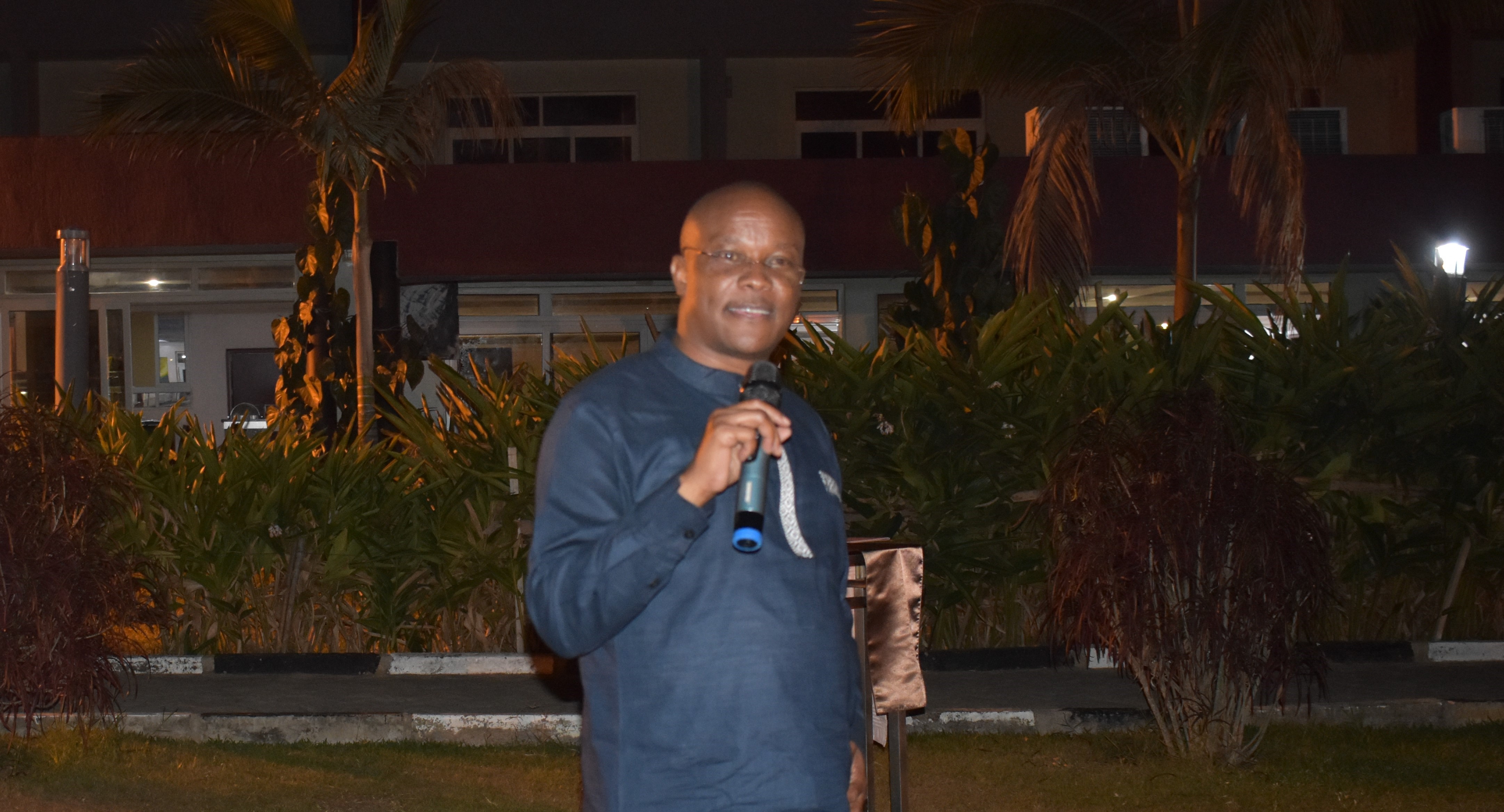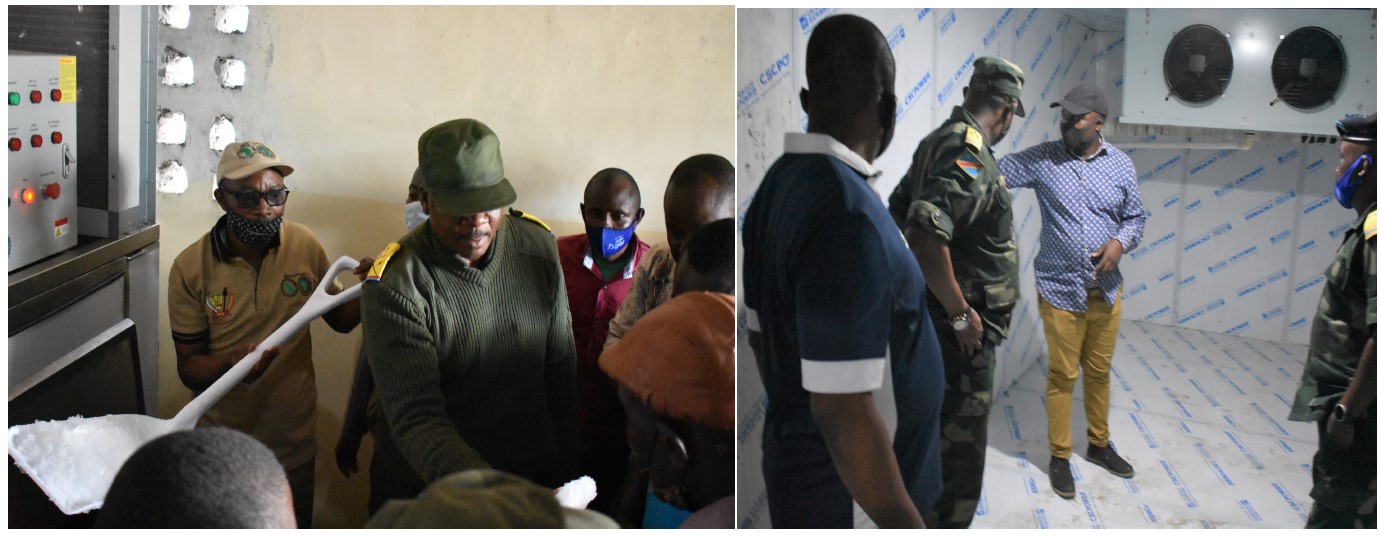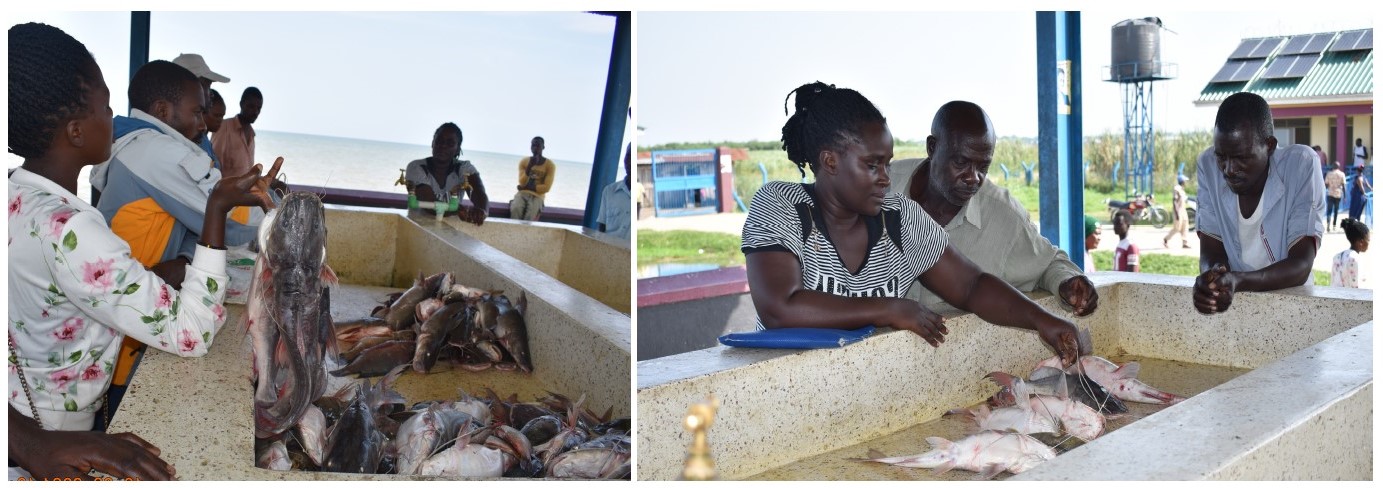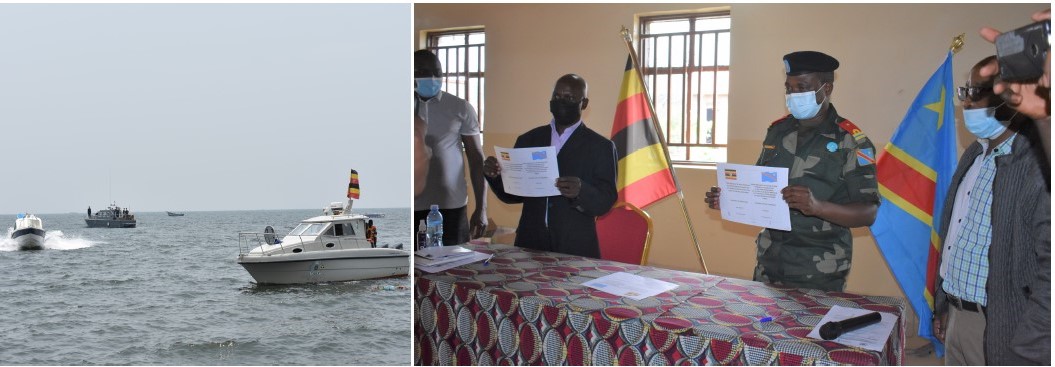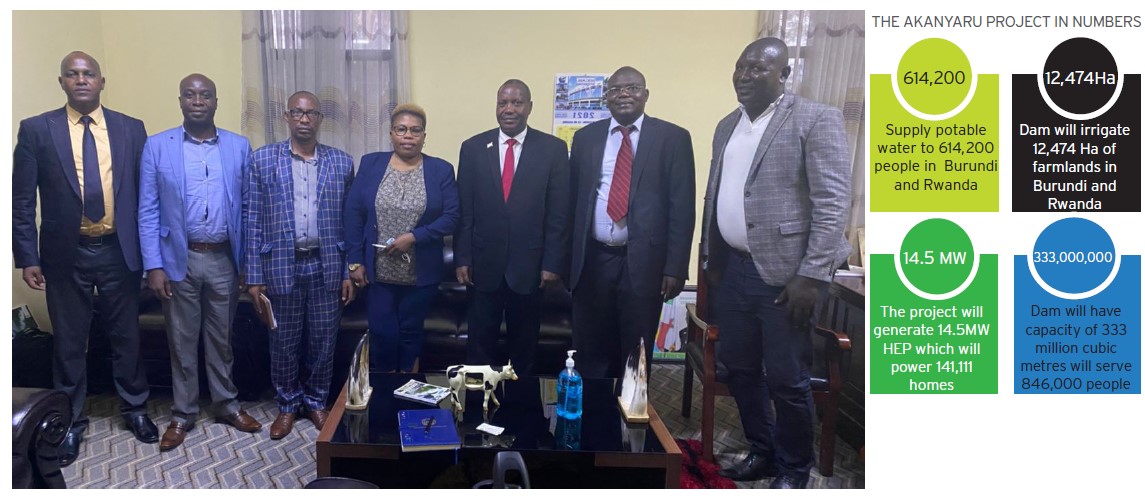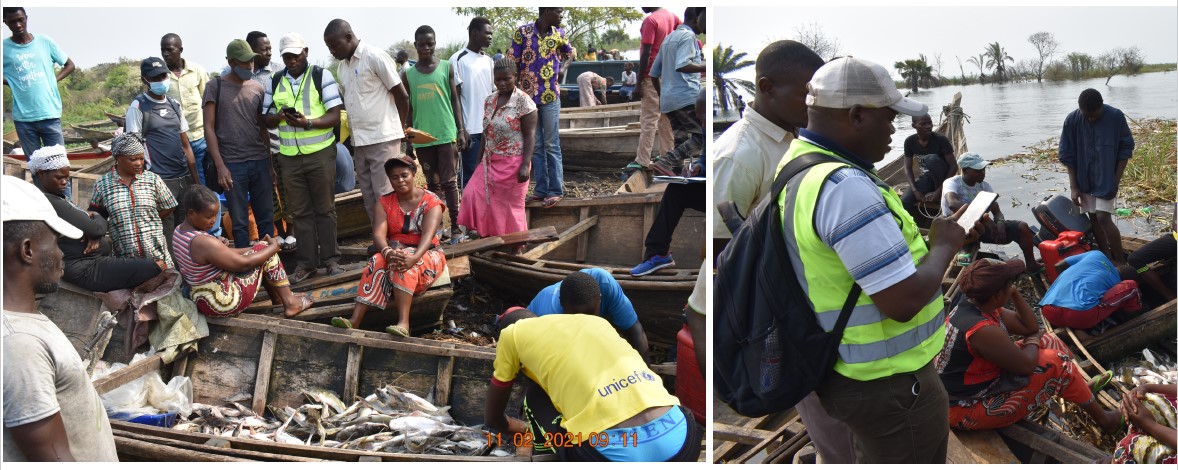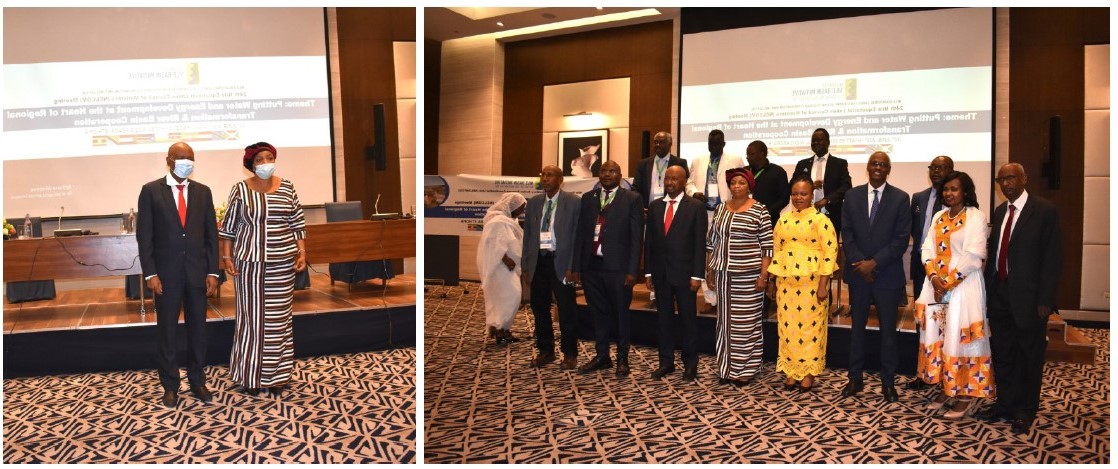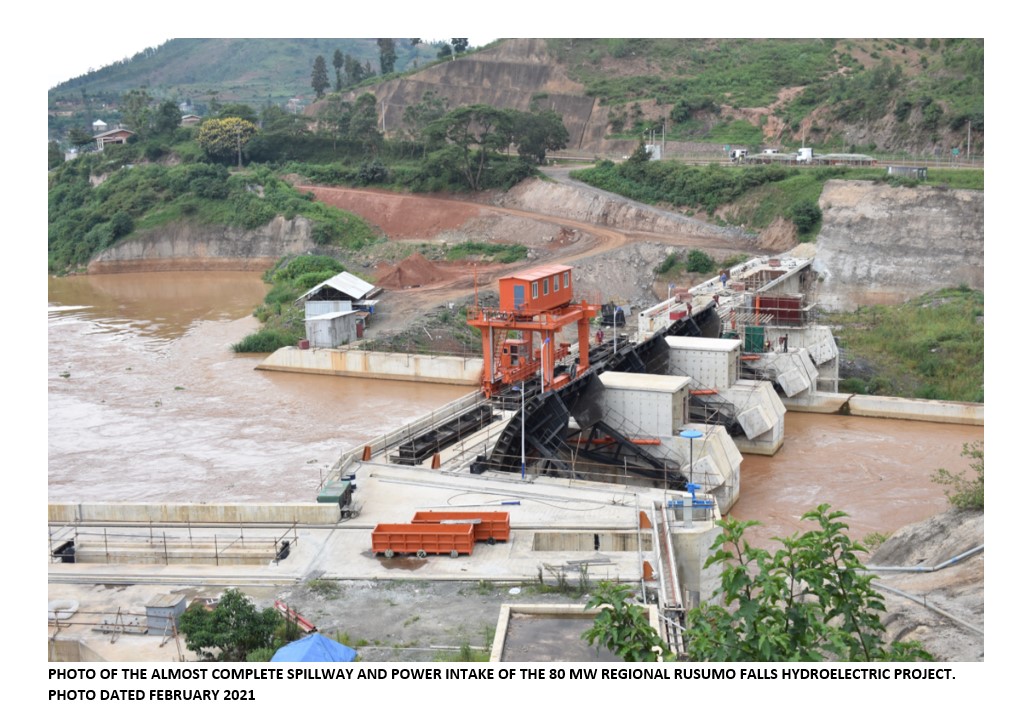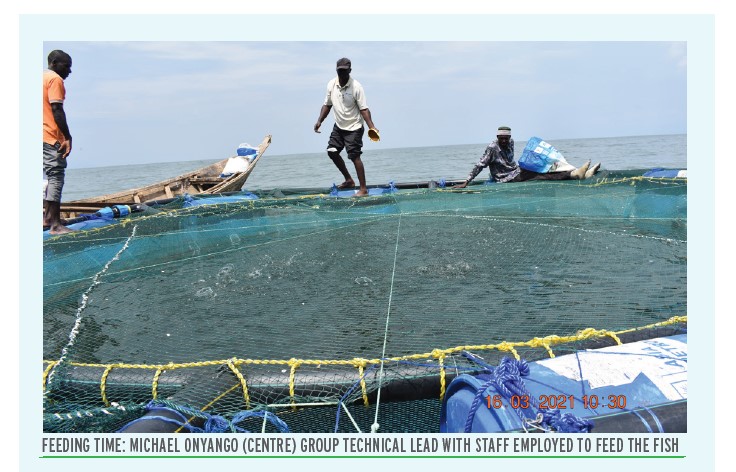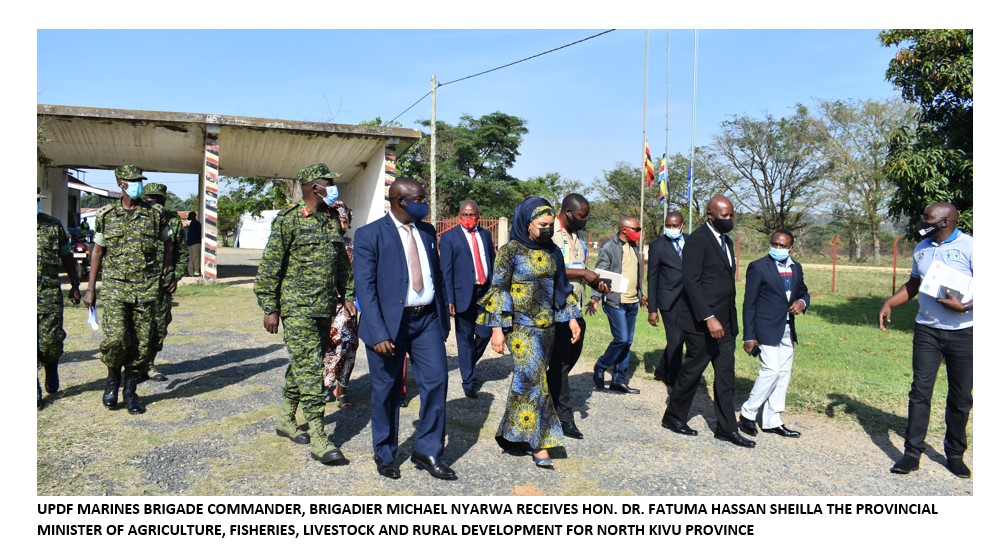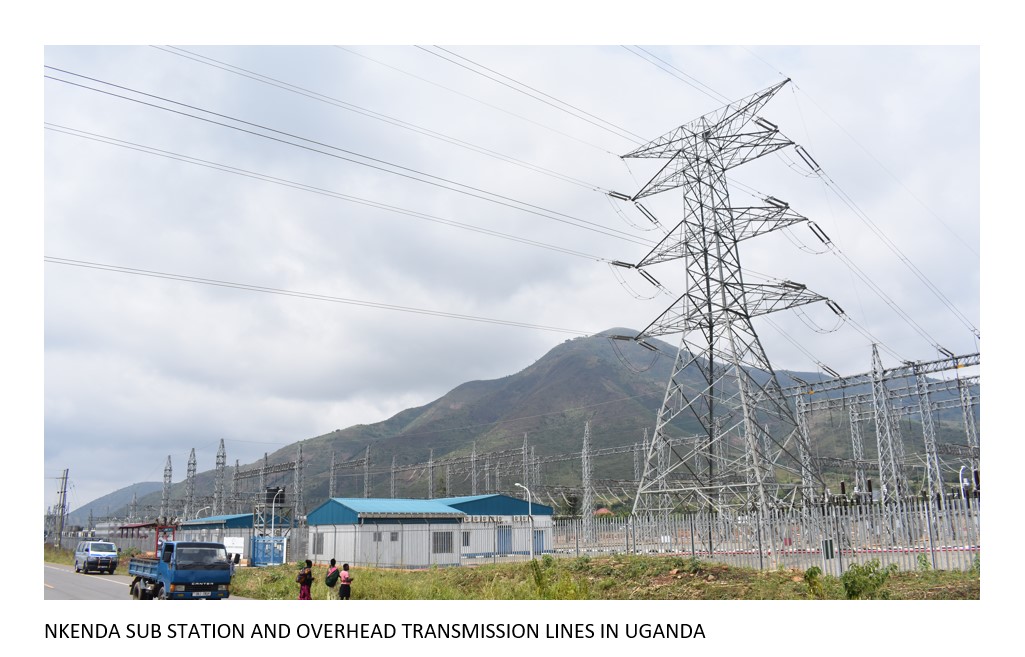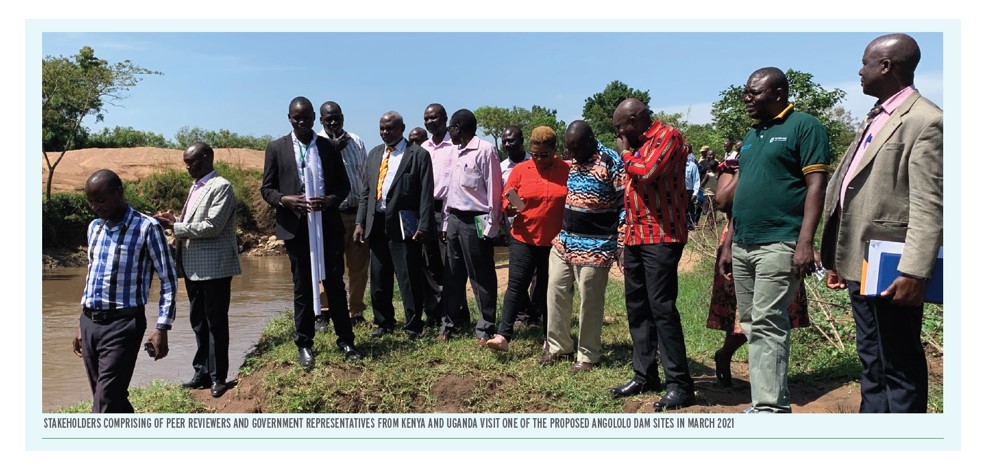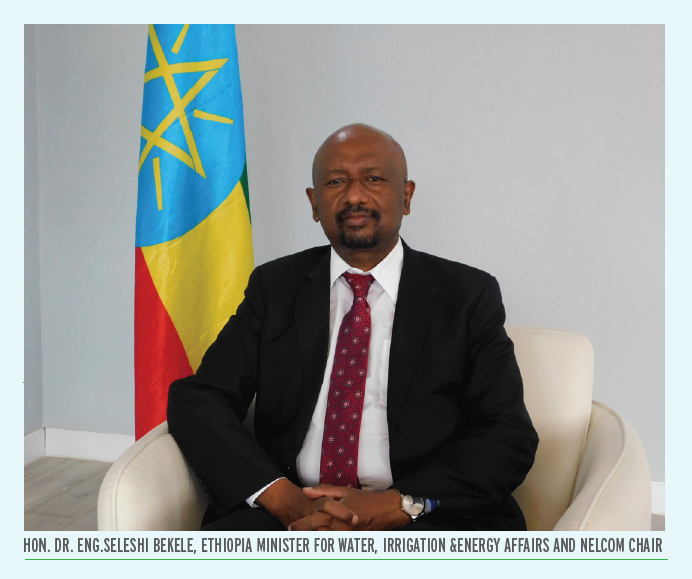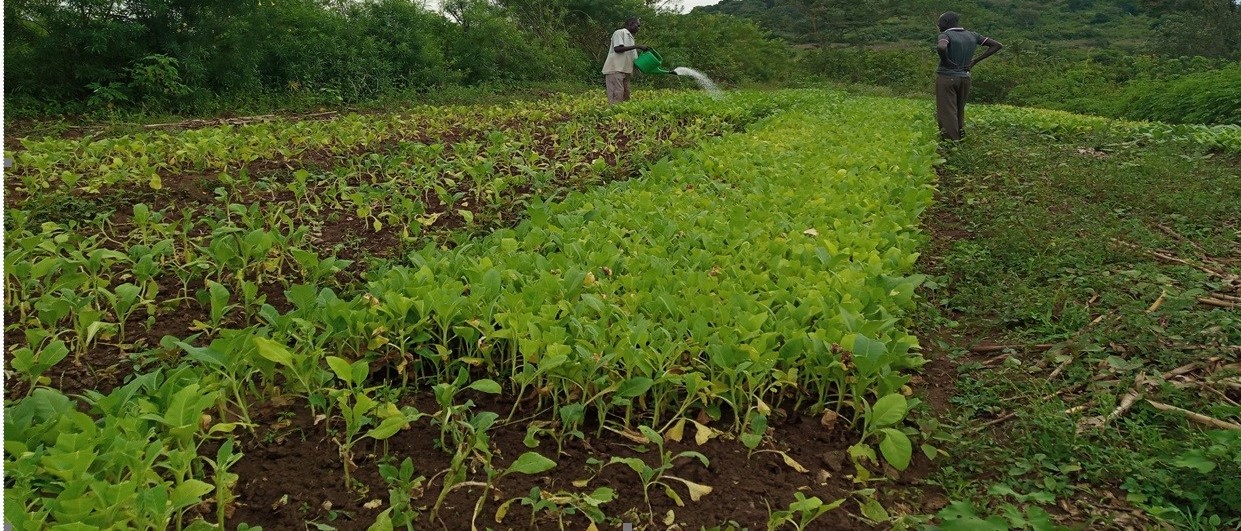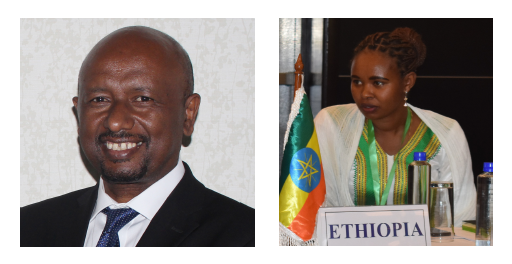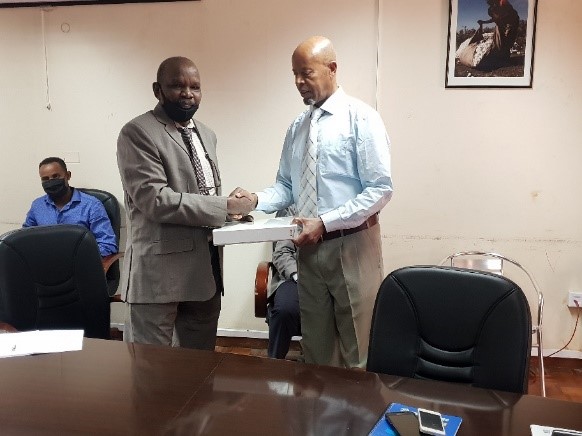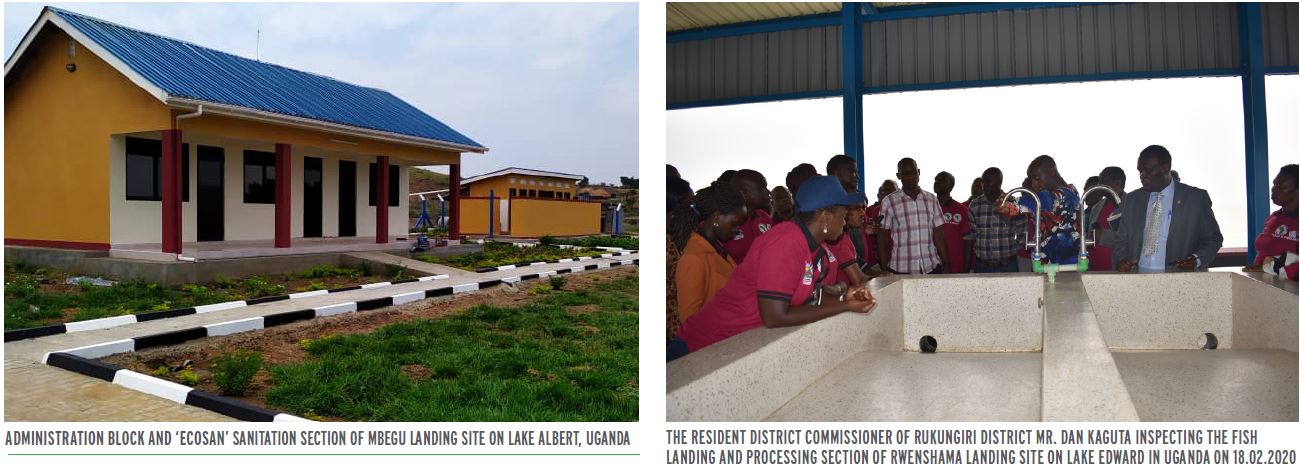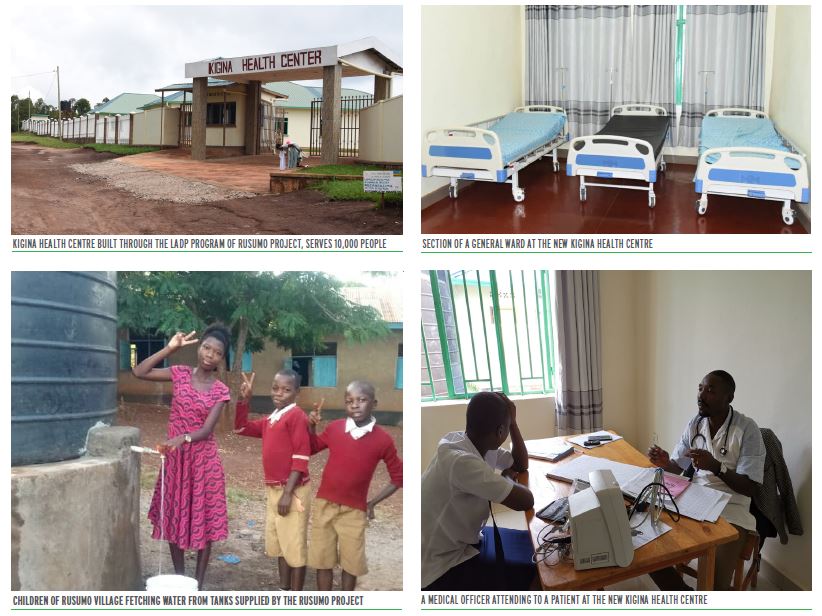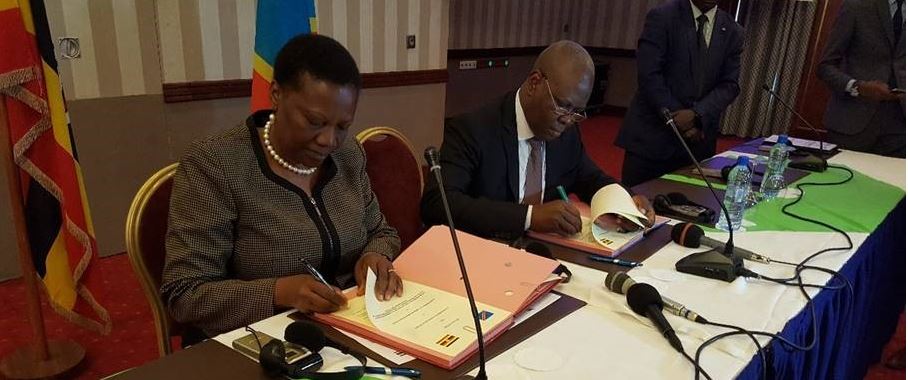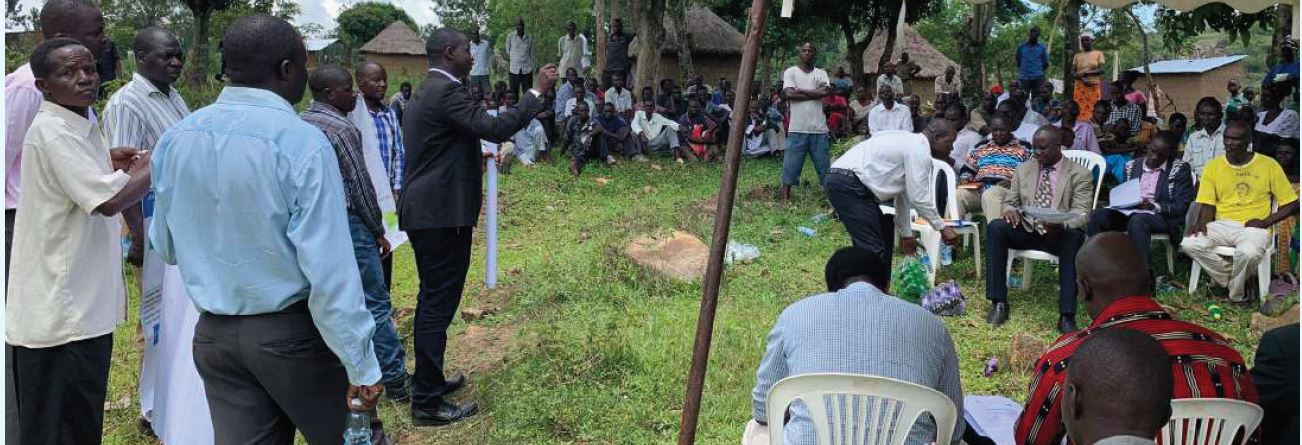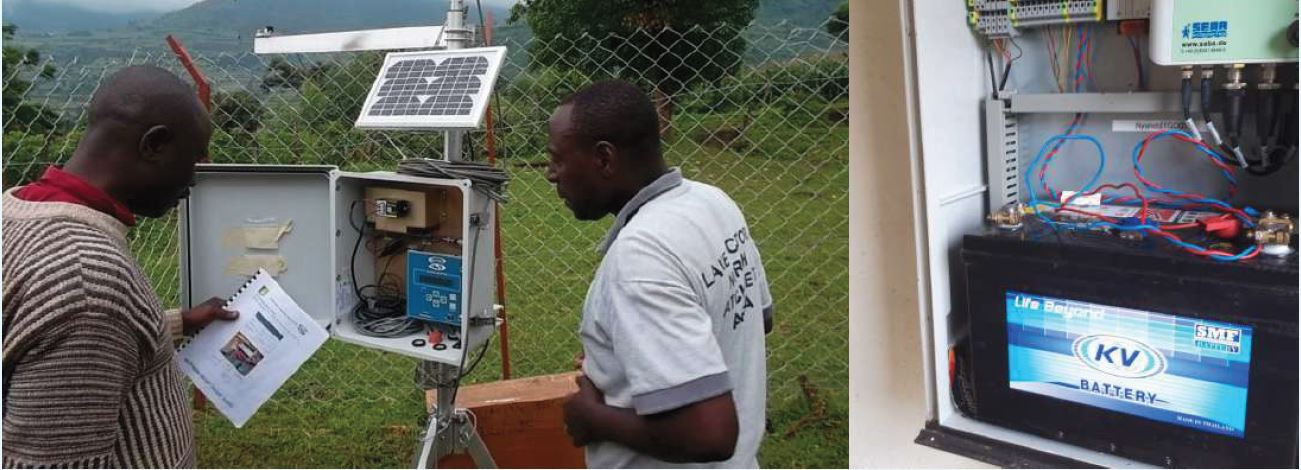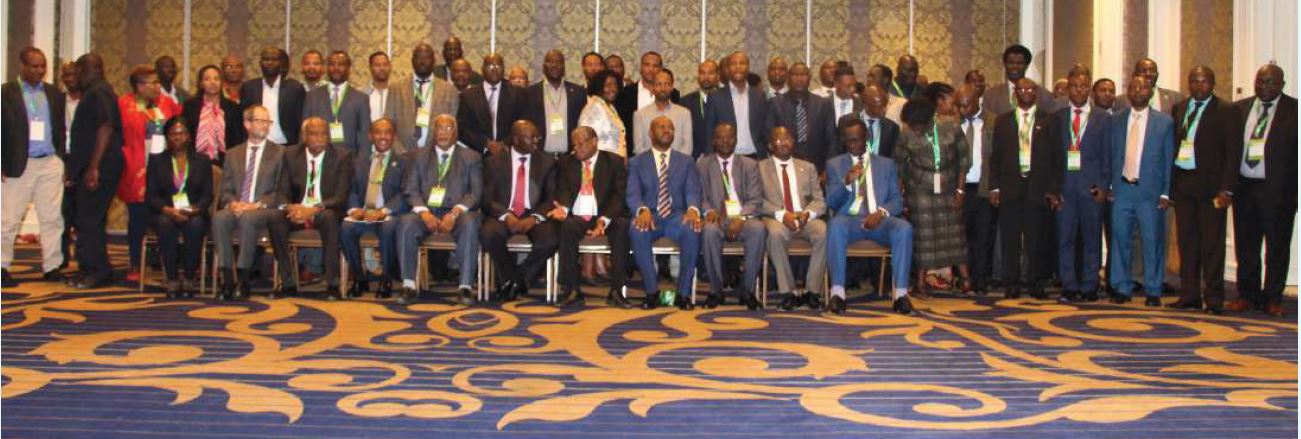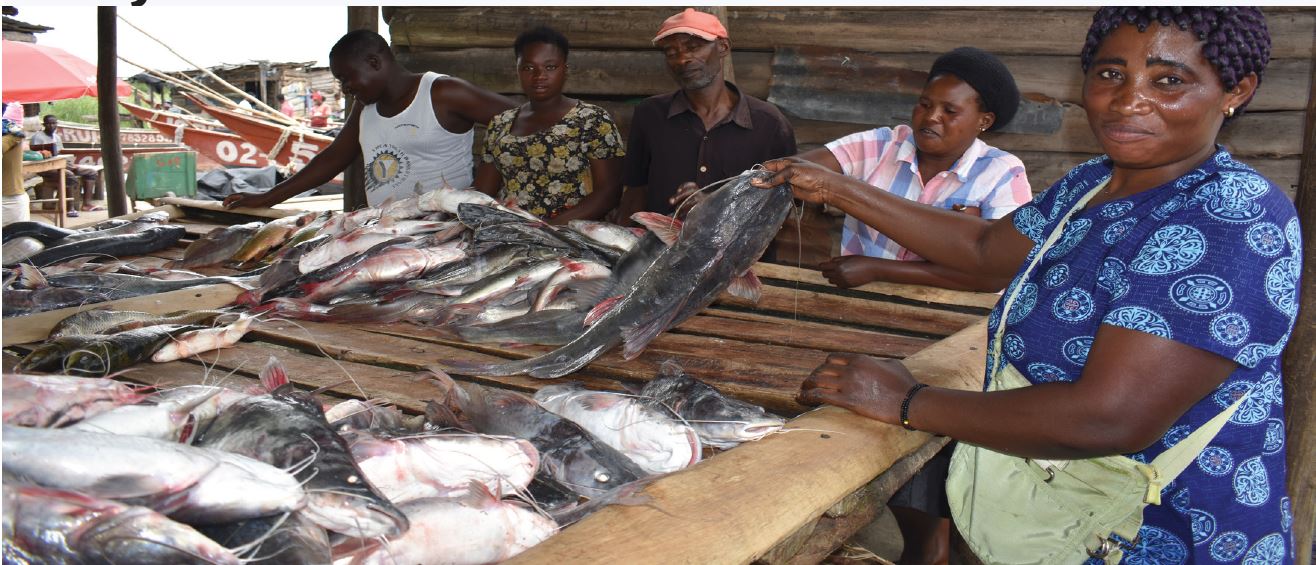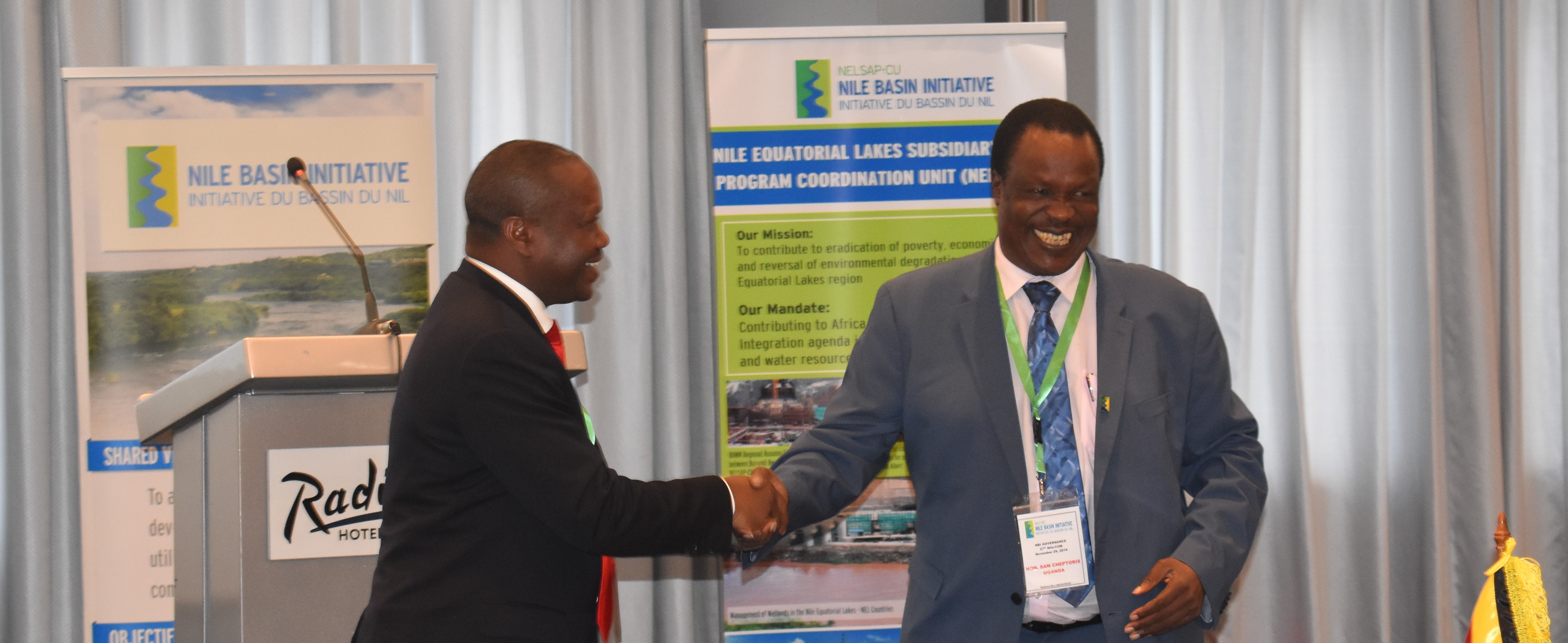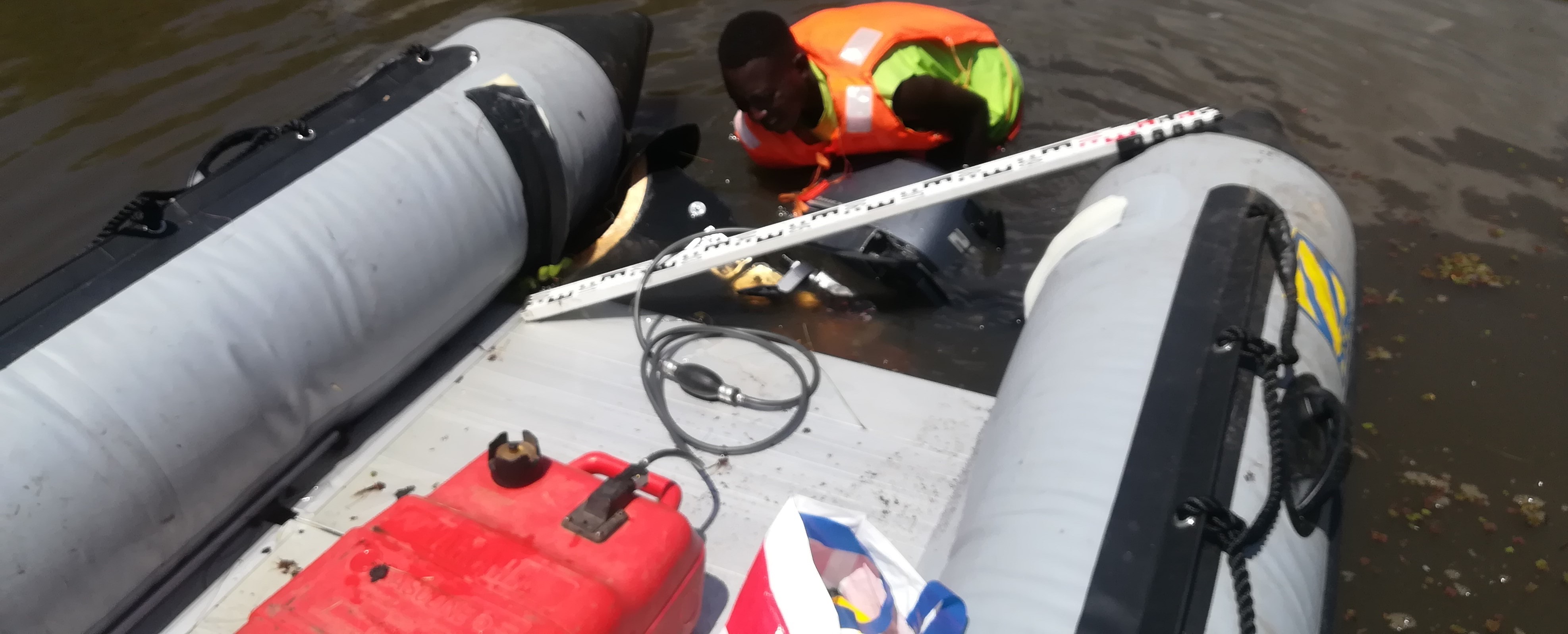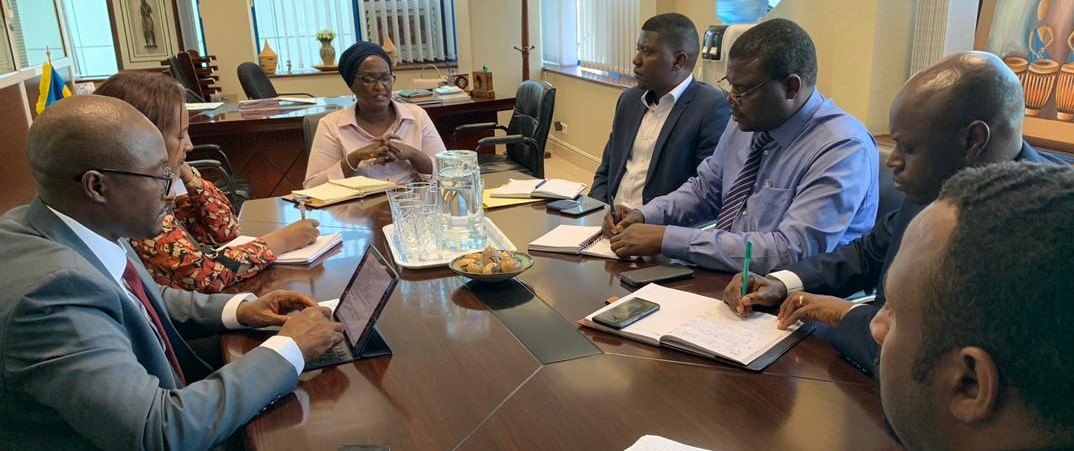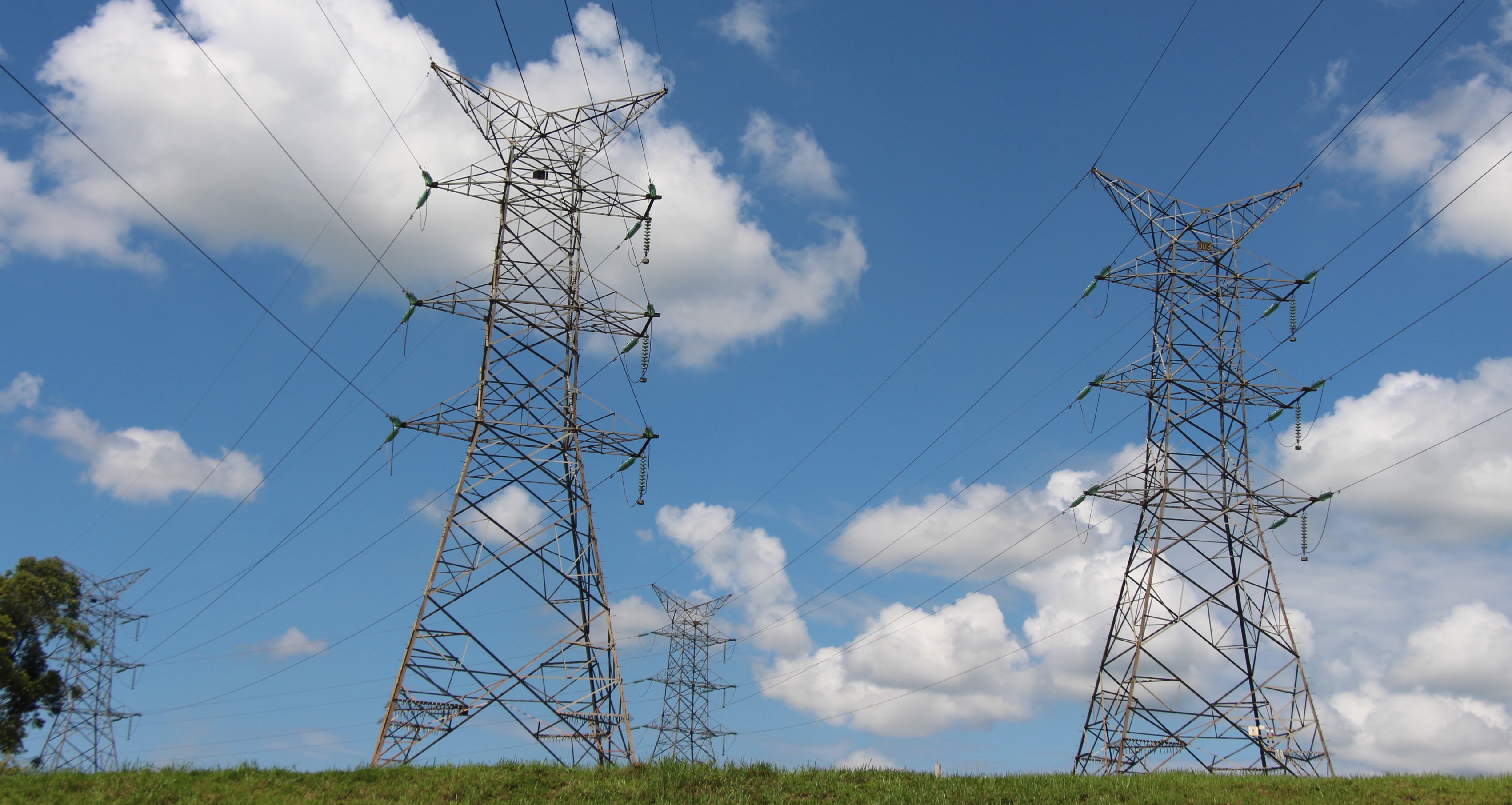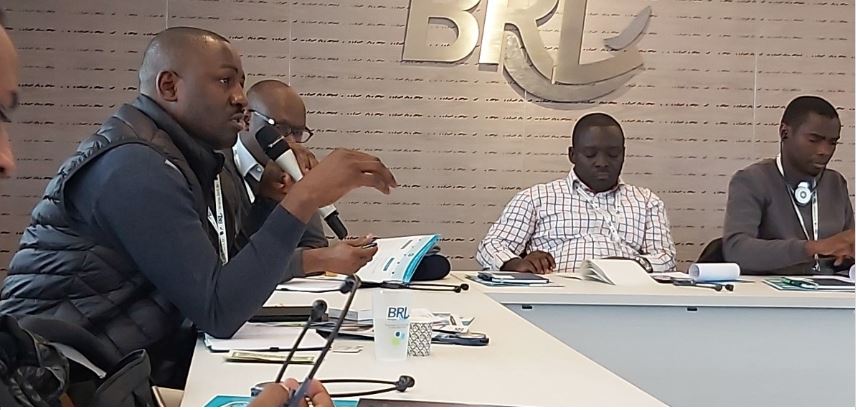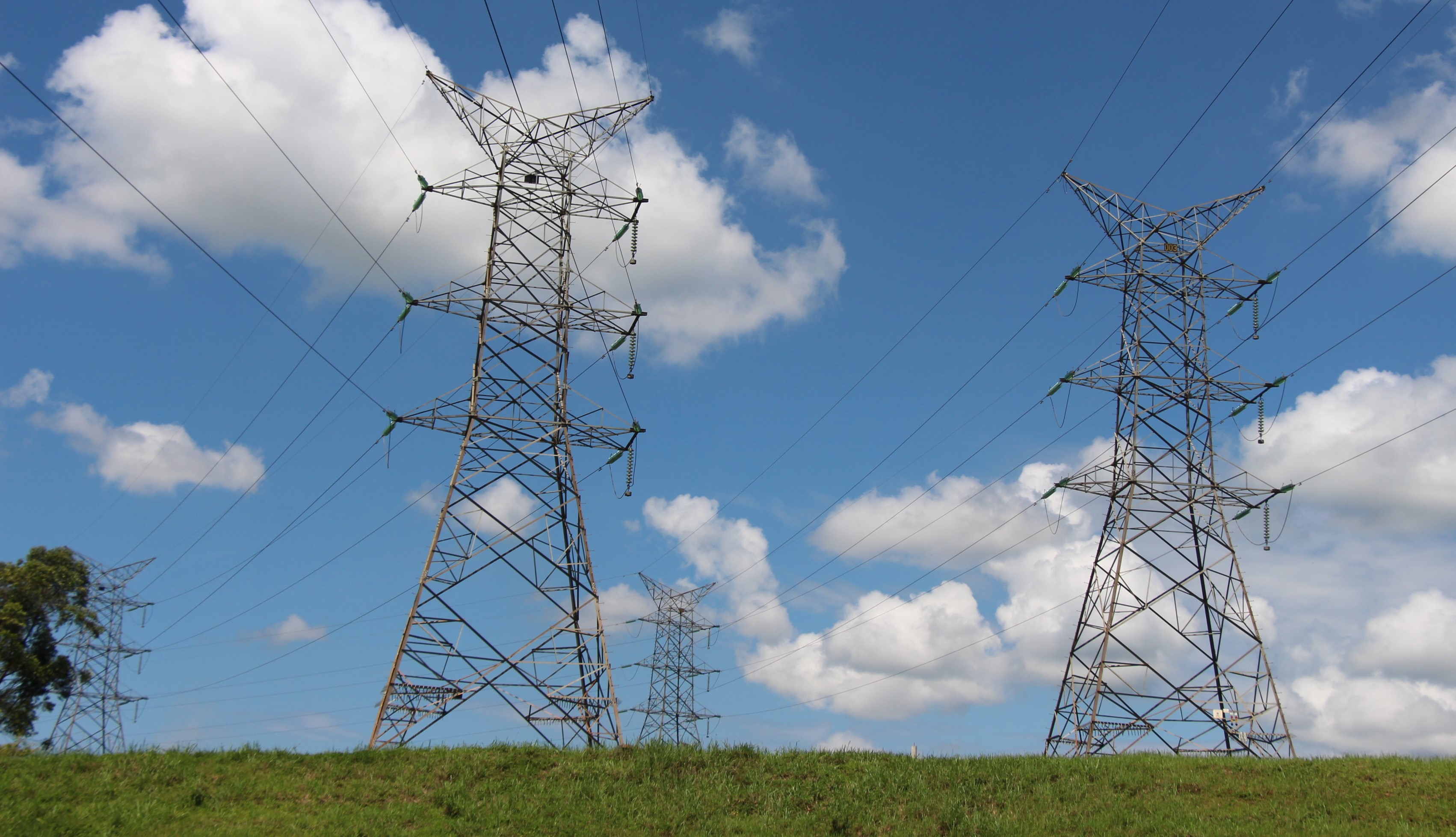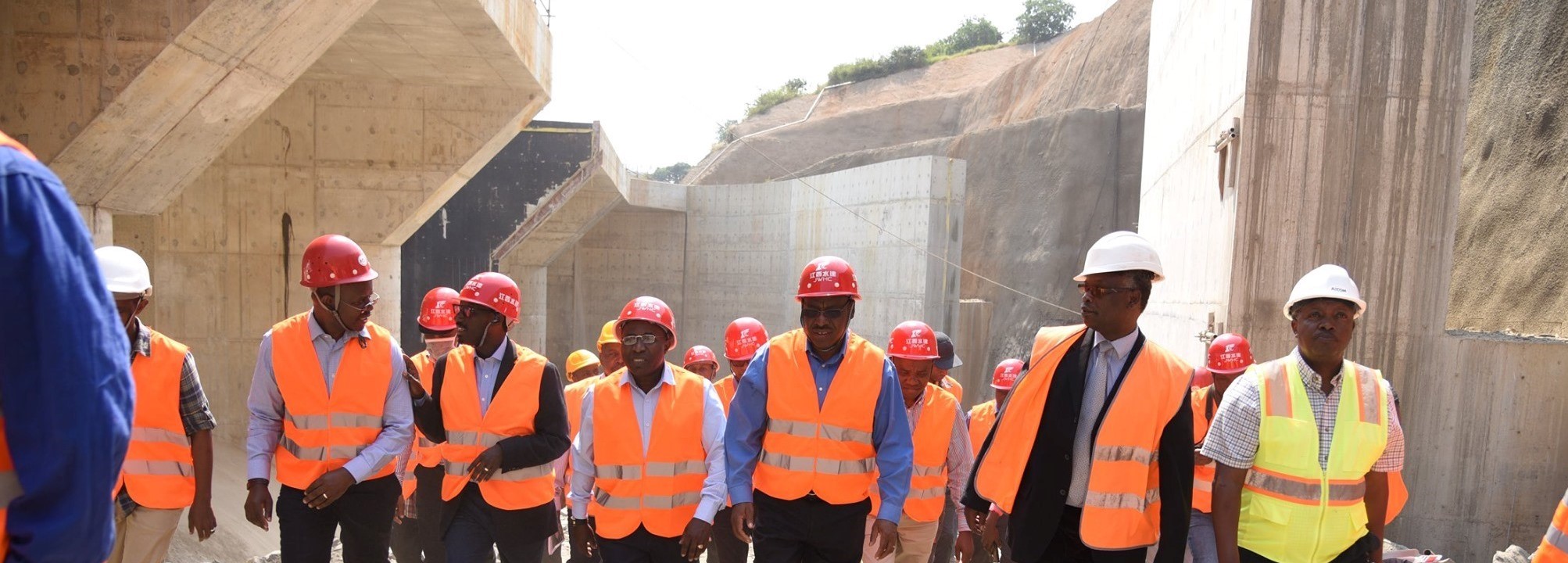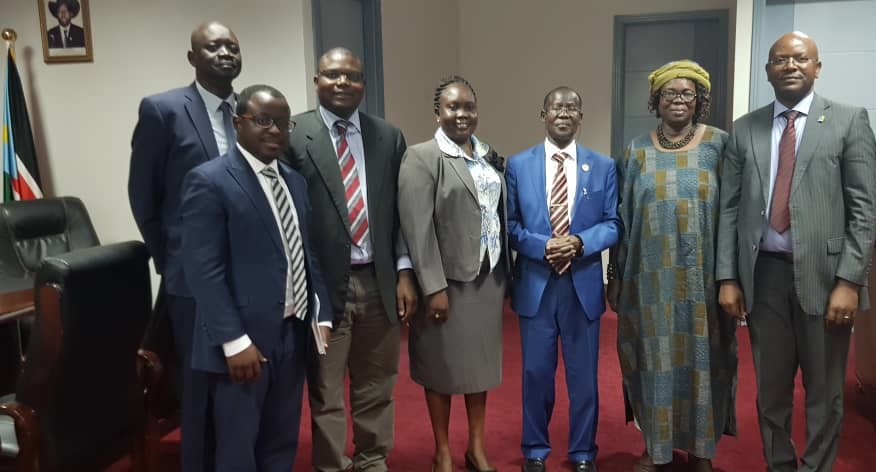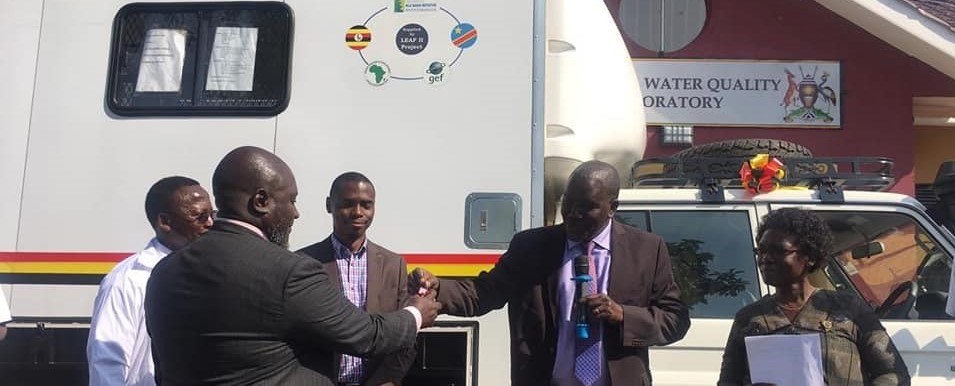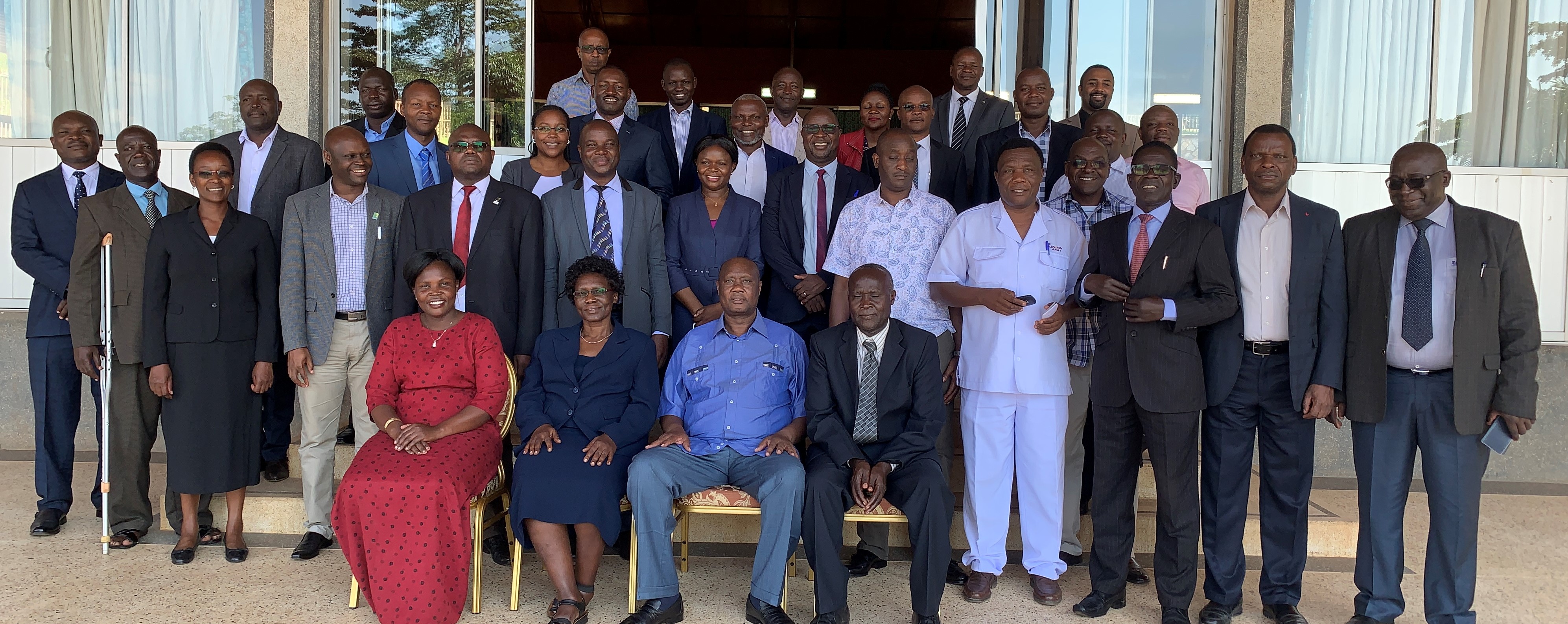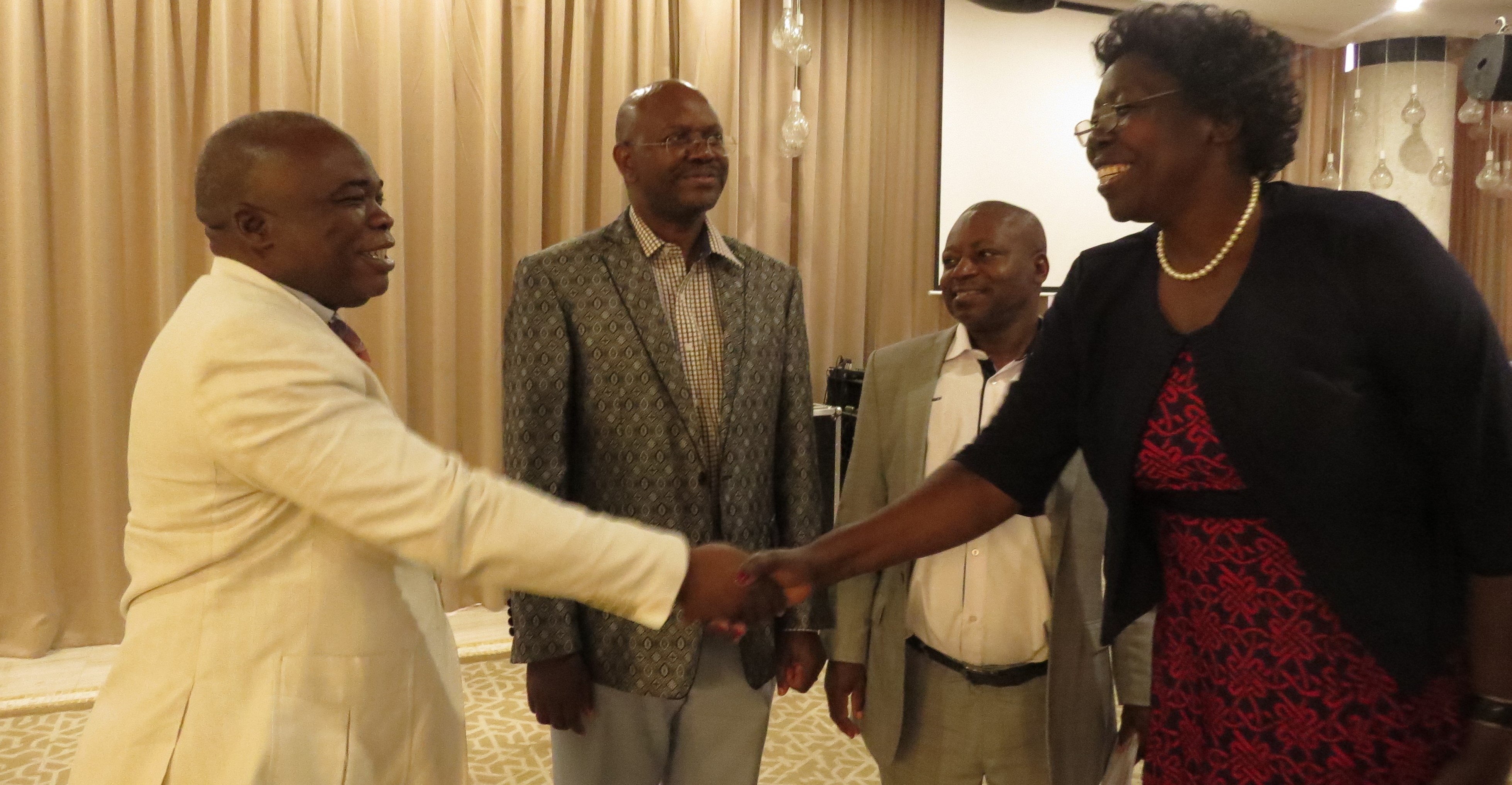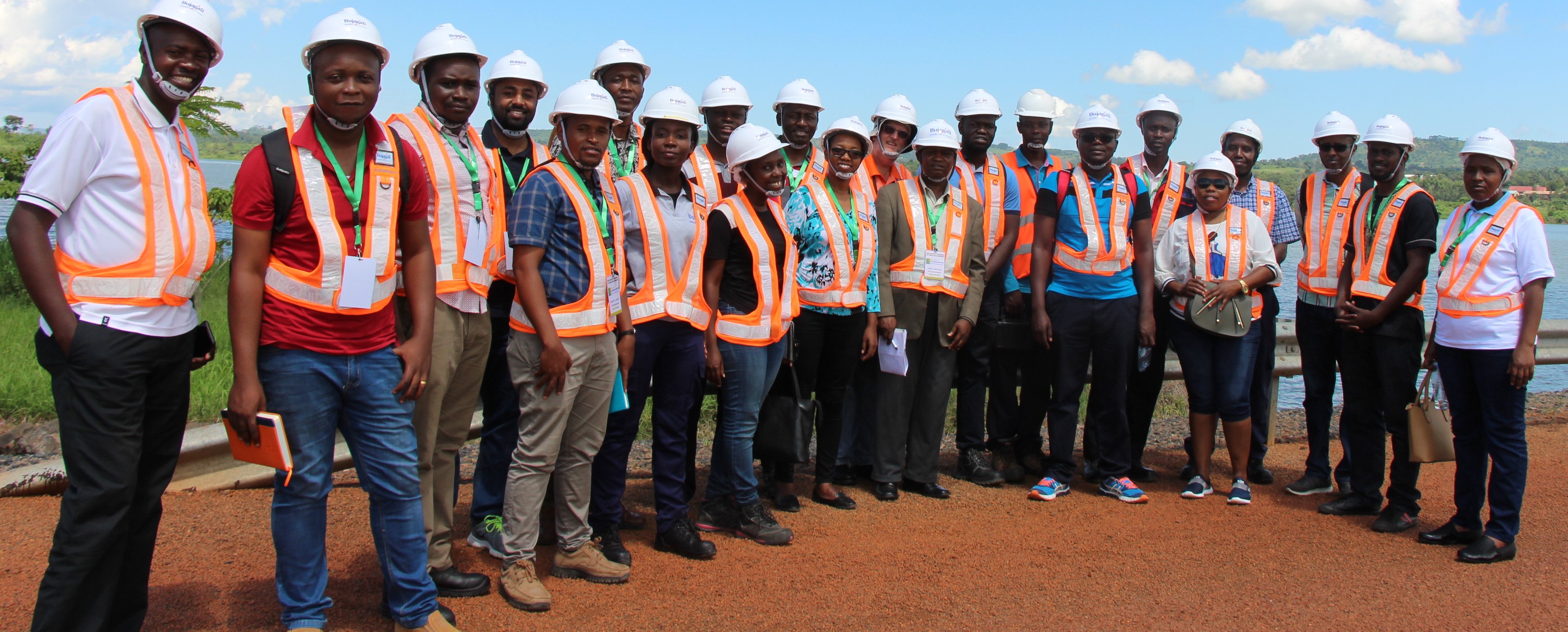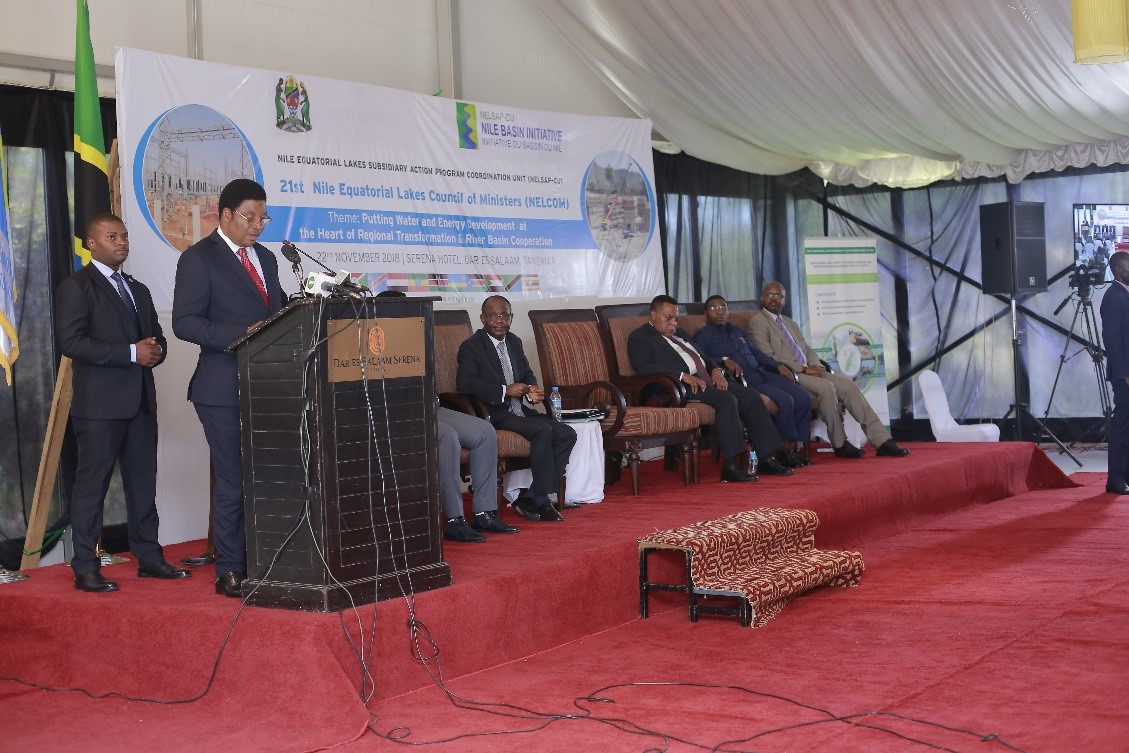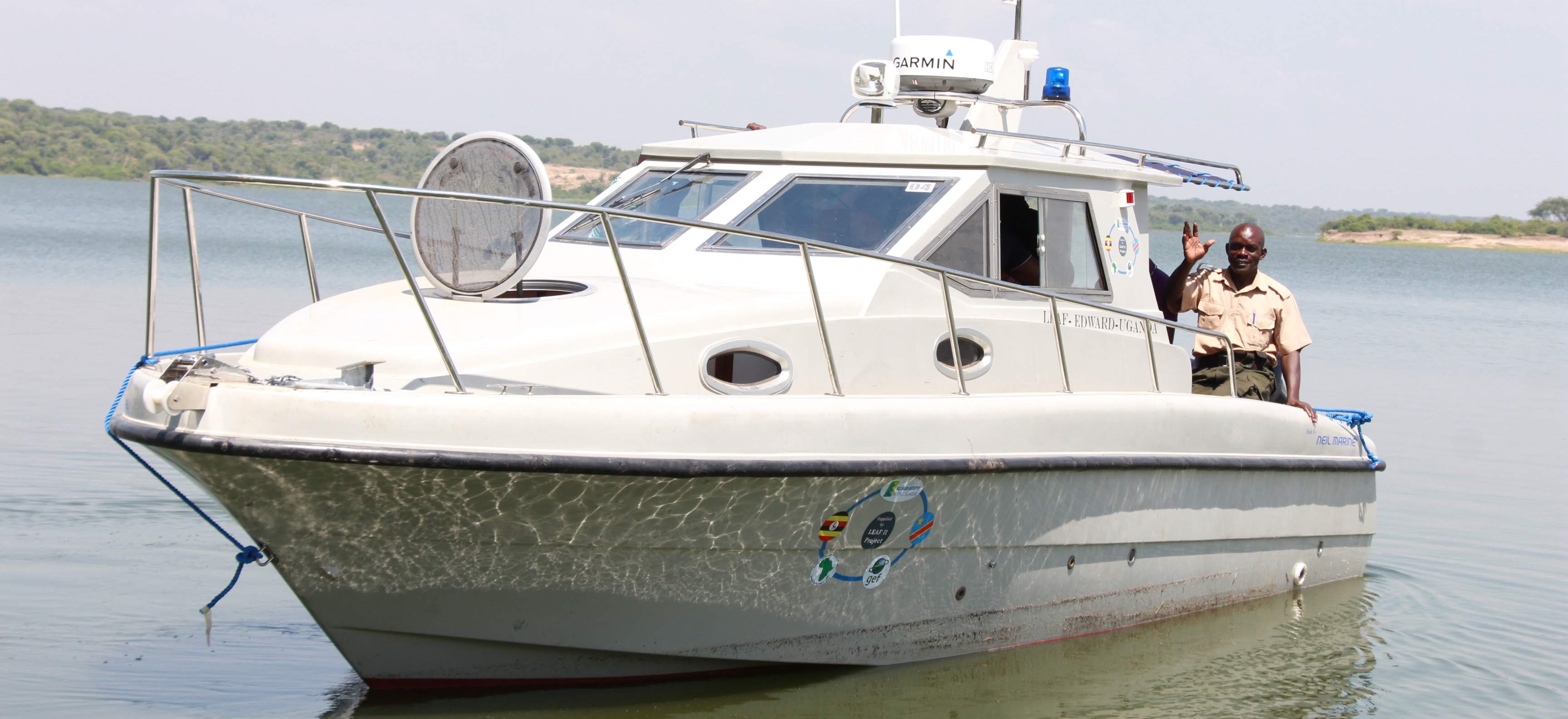NBI begun installation of 60 hydrological monitoring (hydromet) stations in rivers across nine Nile Basin countries on the third week of September 2022 and was expected to conclude by October 2022. The stations will support water level monitoring in several rivers that fall within the basin. The countries are Burundi, D.R Congo, Ethiopia, Kenya, Rwanda, South Sudan, Sudan Republic, Tanzania, and Uganda.
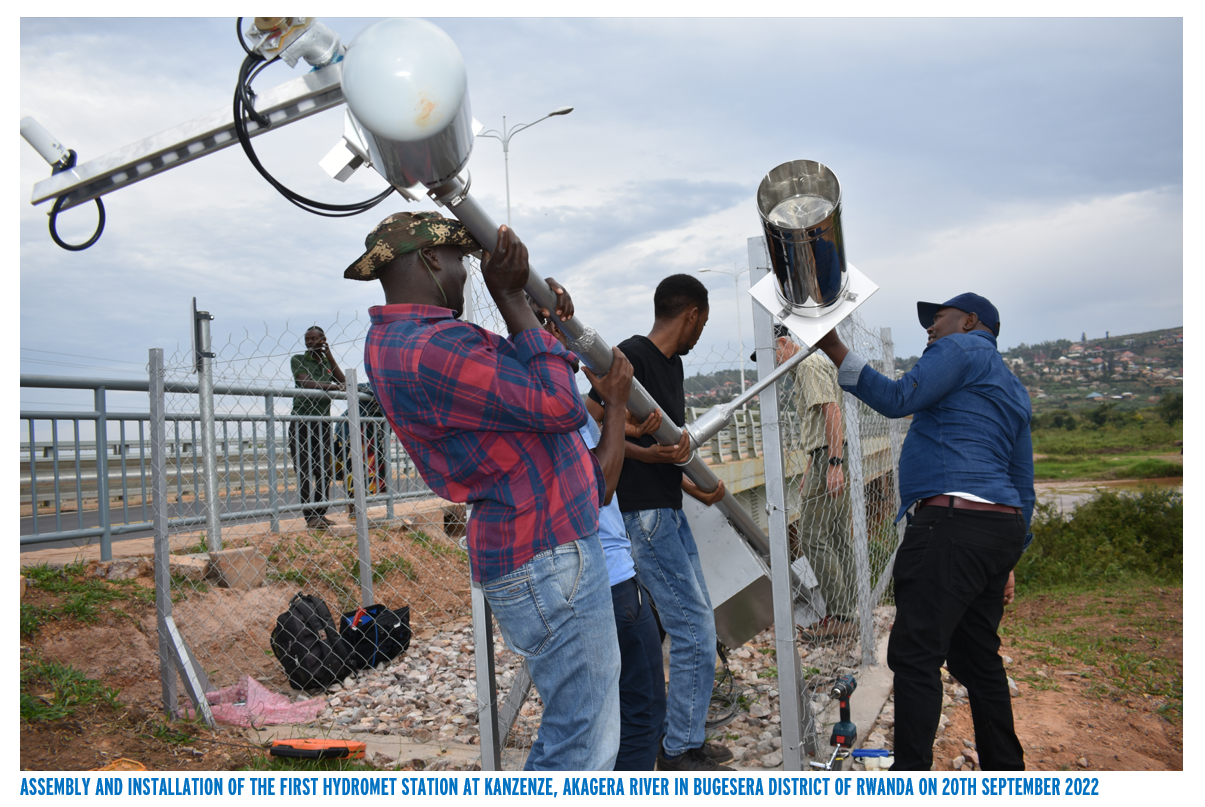
“The nine countries received equipment for hydromet stations in July 2022 and by September 18th, 2022, were assembling, installing and testing the stations,” said Dr. Mohsen Alarabawy, the Regional Project Manager for the NBI European Union (EU-BMZ) funded Hydromet Project.
“These hydromet stations will provide real time data and reliable information to improve water resources planning and management both at national and regional levels. They will enable better flood and drought disaster preparedness, monitoring of surface water quality and sediment transport, coordinated management of water storage dams, navigation, and improved adaptation to climate change,” said Mrs. Jacqueline Nyirakamana the Transboundary Water Resources Cooperation Specialist at the Ministry of Environment, Rwanda / TAC Member. She spoke while officially receiving equipment for installation of six hydromet stations on behalf of Rwanda.
As part of the hydromet package, each country has received the following: Water level and rainfall sensors connected to data loggers with necessary accessories. A telemetric system with dual data transmission technology (GPRS and satellite) that will enable transmission of data from regional stations to the national data centres. This dual transmission system provides the highest reliability while giving each country the option to switch to either method (GPRS or satellite) in compliance with the national policy and country limitations. Countries’ national data centres are also being upgraded through among others, acquisition of computers (hardware and software), rehabilitation/construction of selected regional stations, and training of national staff to ensure member states have the necessary skilled staff to install, operate and maintain modern hydro-meteorological monitoring systems. Upon completion, the stations will be handed over to the member countries for operation and maintenance.
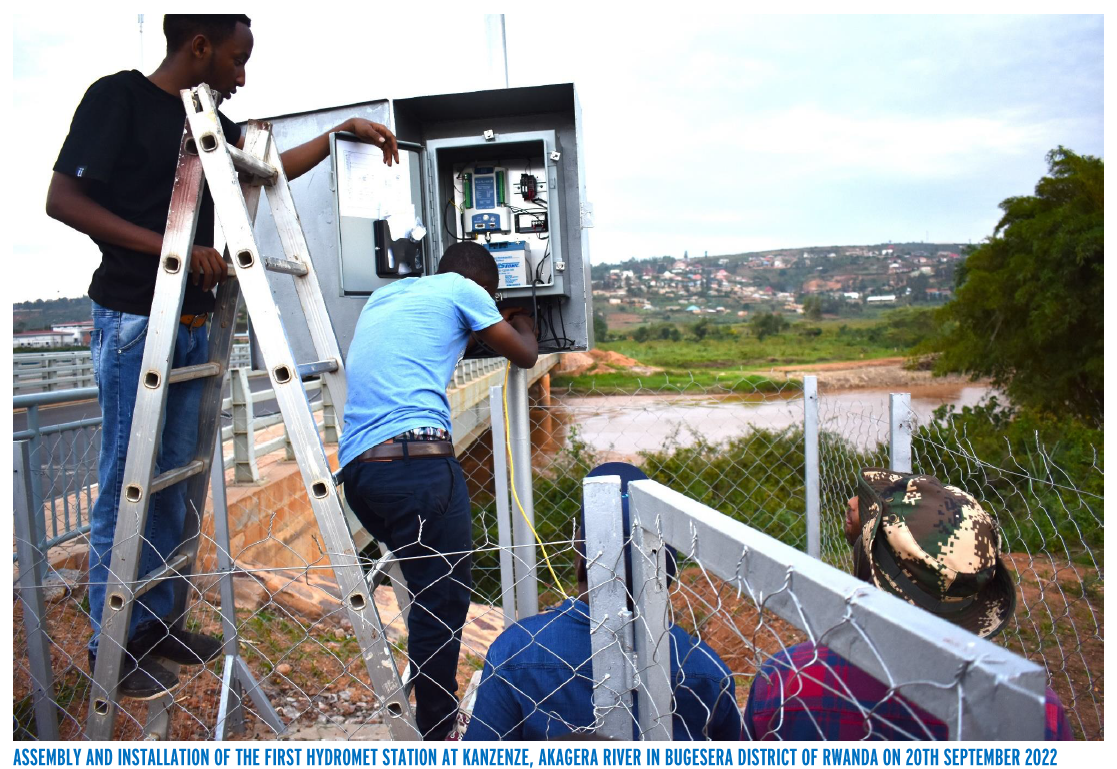
“The Nile Basin Regional hydromet system shall provide data and information required to facilitate implementation of various projects and programs and will significantly contribute to conflict prevention and regional integration,” said Eng. Dr. Isaac Alukwe, the NELSAP Regional Coordinator.
Background to the Hydromet Project
The critical gap in data in the Nile Basin was recognized during preparation of the first set of cooperative projects under NBI. To address this data scarcity, NBI is establishing the first regional hydromet system for the basin. The initial design of the project proposed a regional hydromet system comprising of 79 hydrological monitoring stations, 323 meteorological monitoring stations, 52 water quality monitoring sites, 43 sediment monitoring locations together with the data management systems in nine Nile Basin Countries. NBI is currently undertaking implementation of the first phase of this Hydromet system focusing on hydrological monitoring network.

